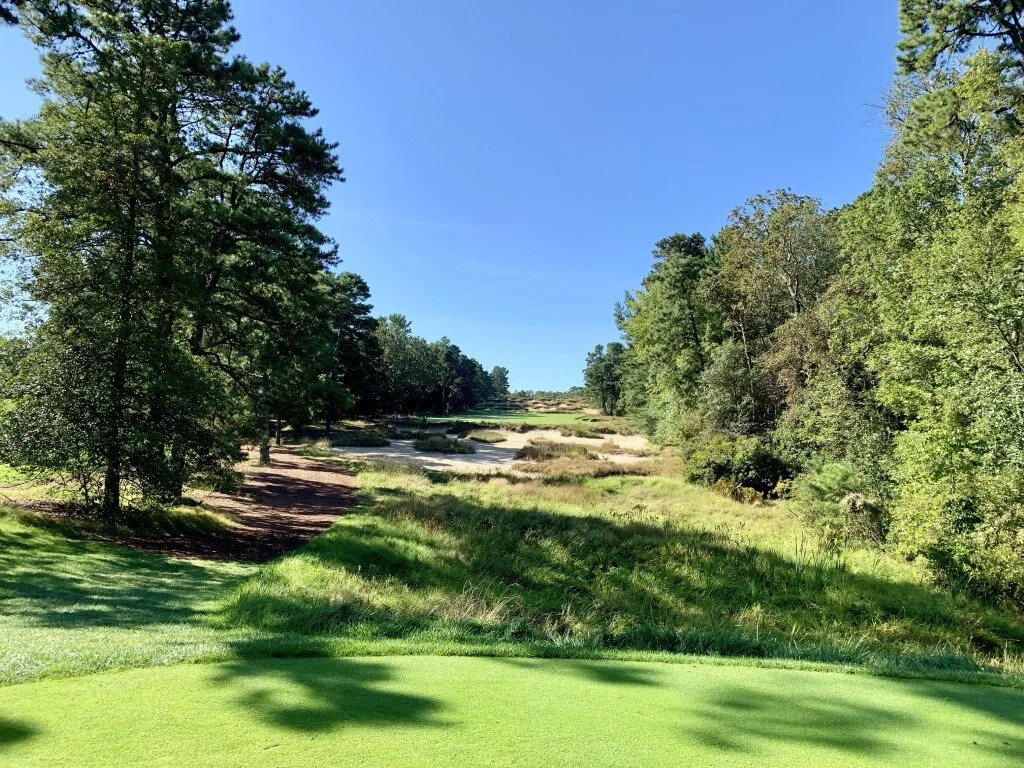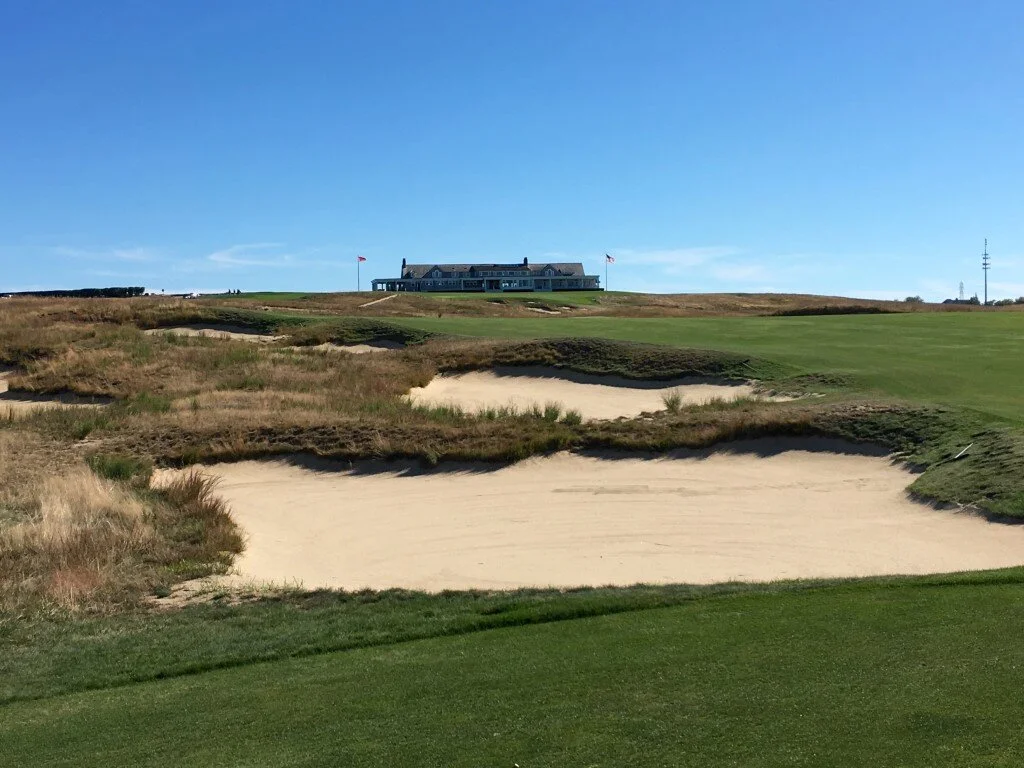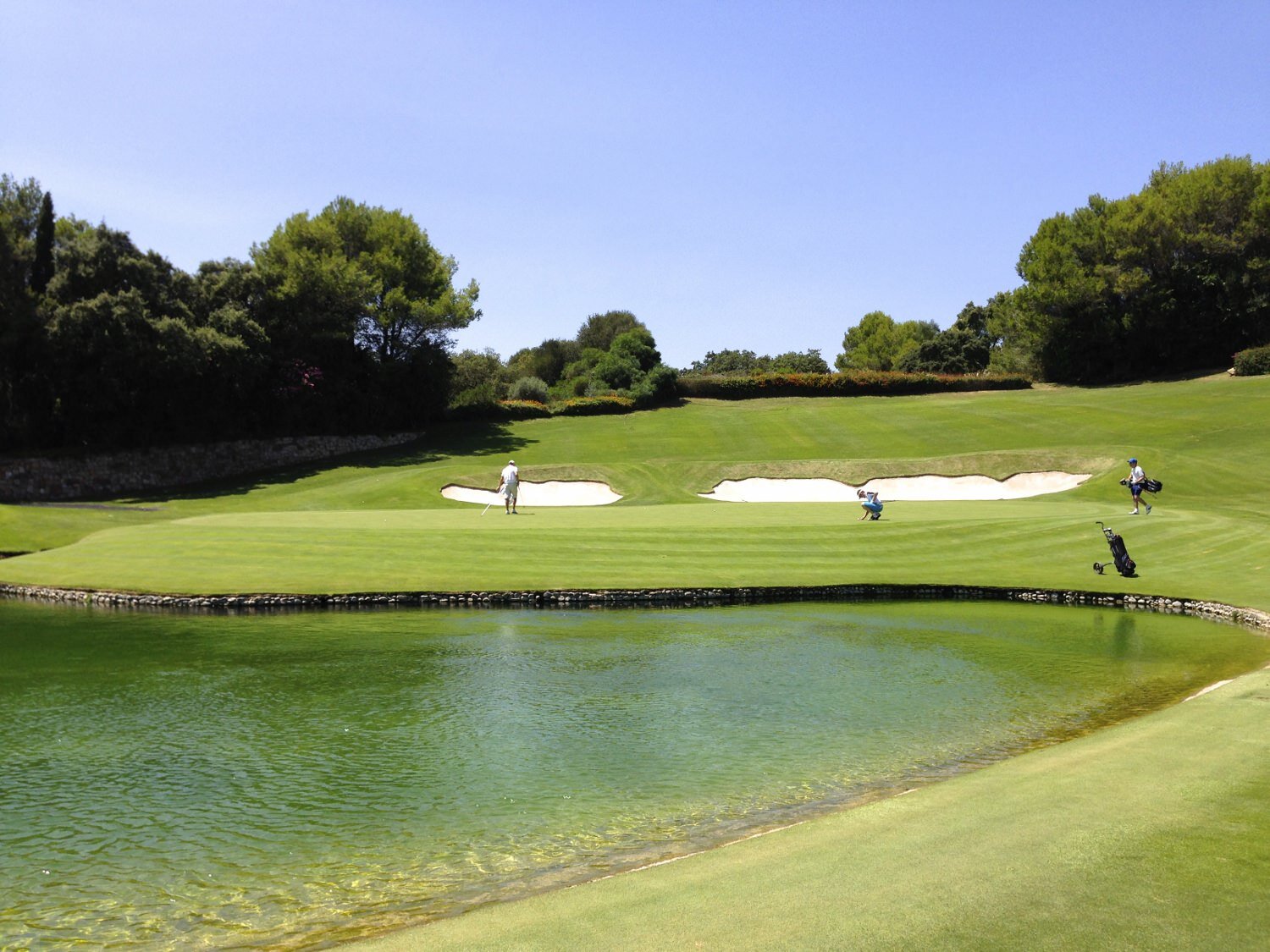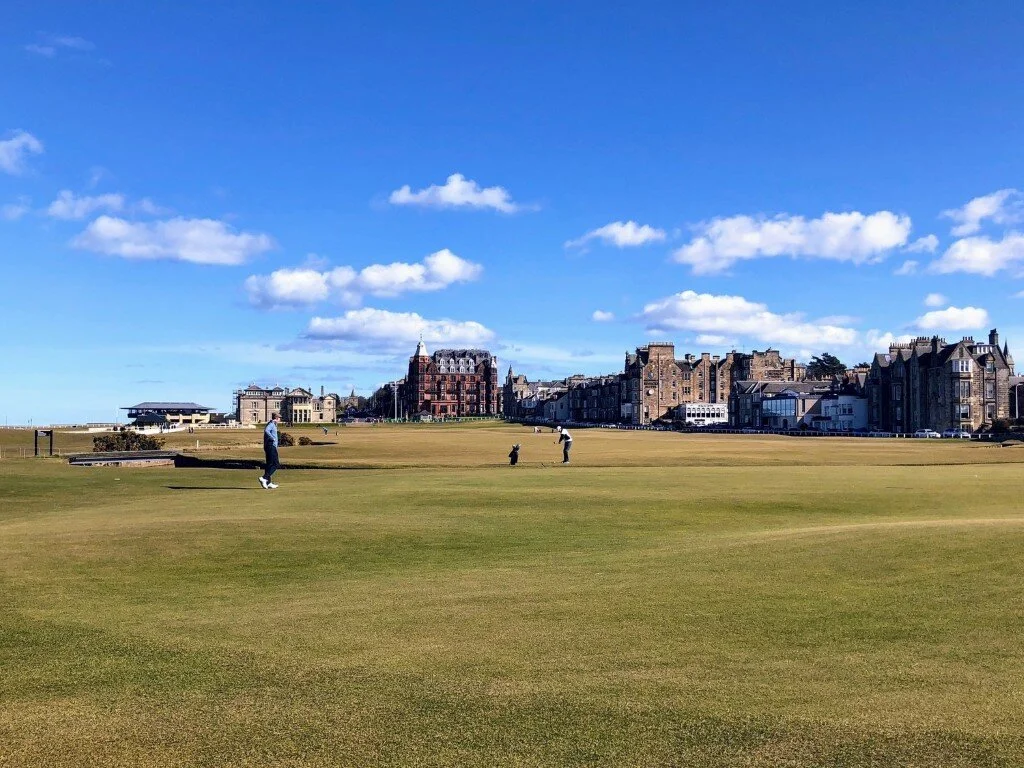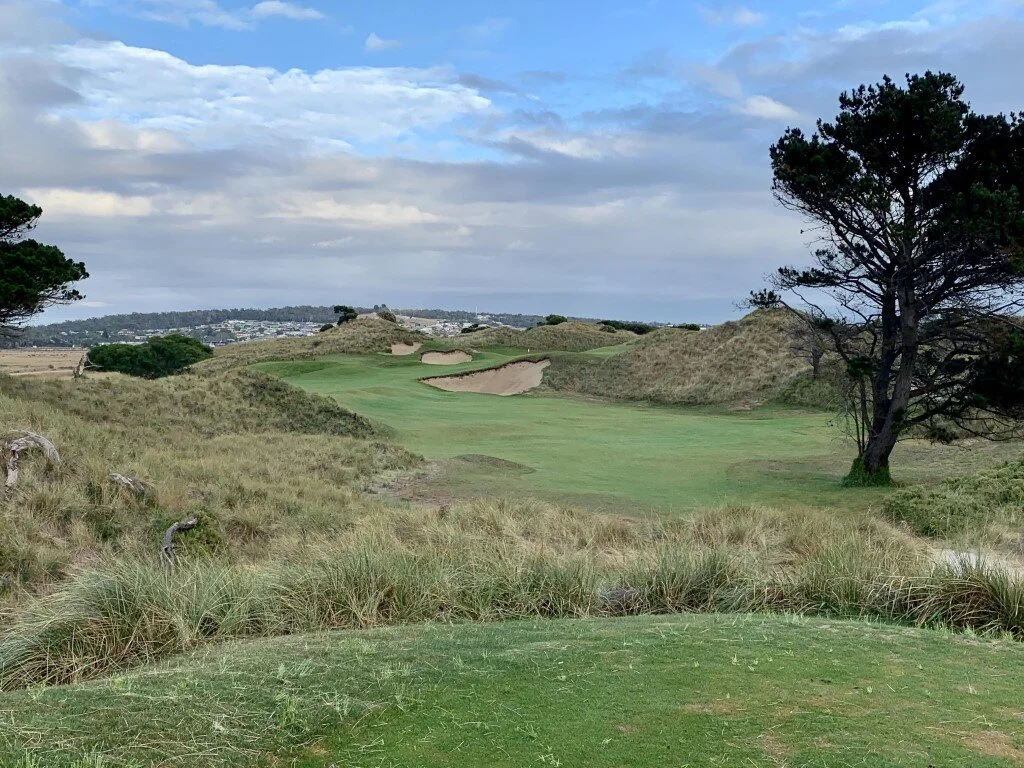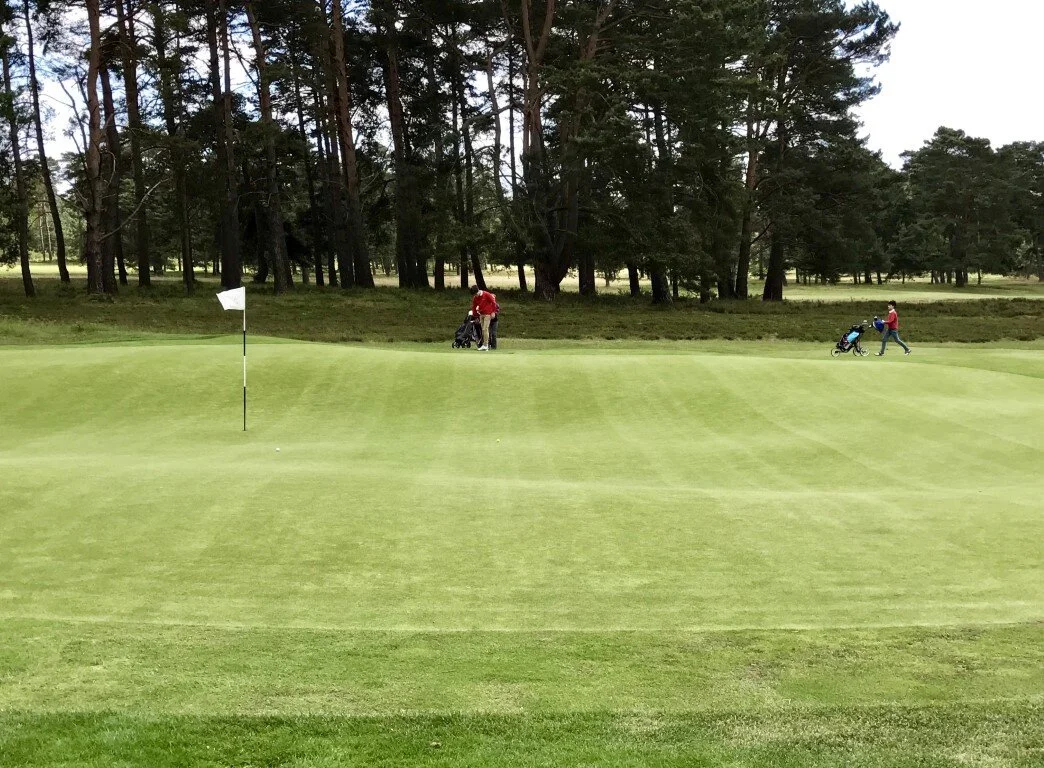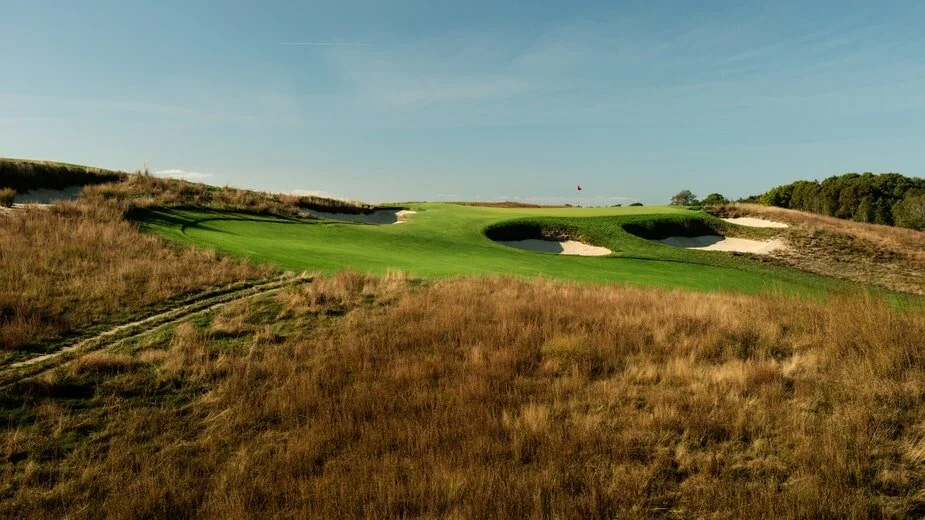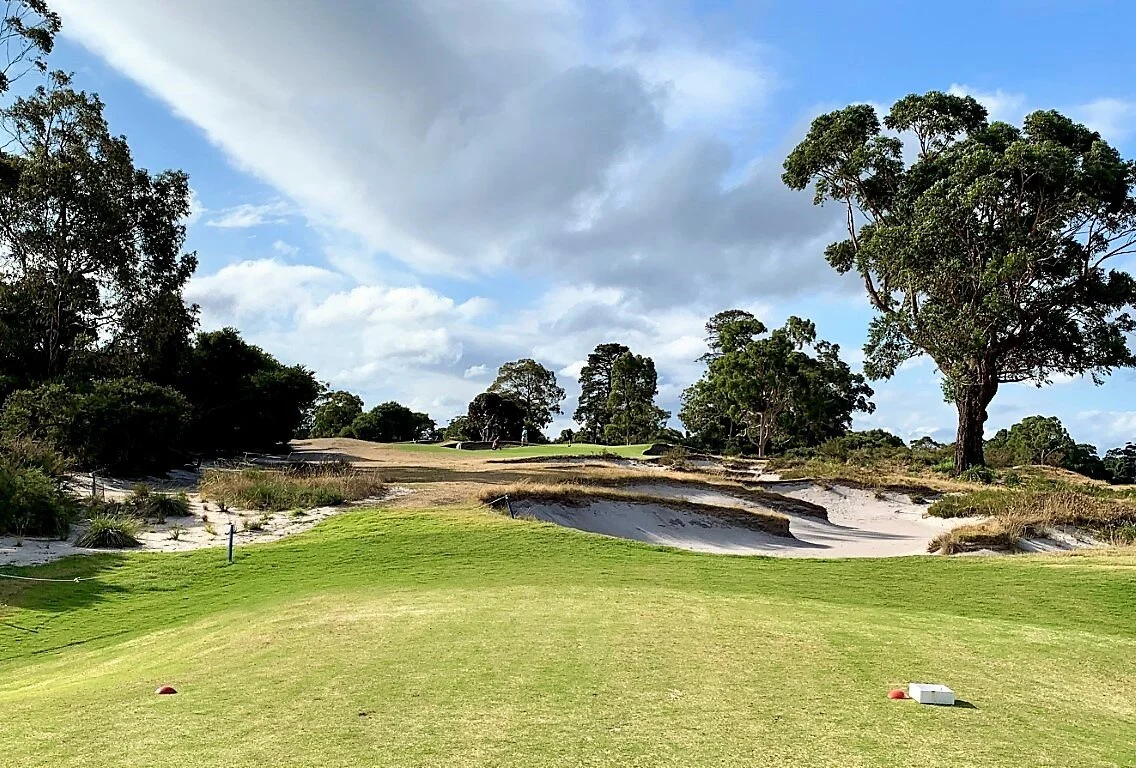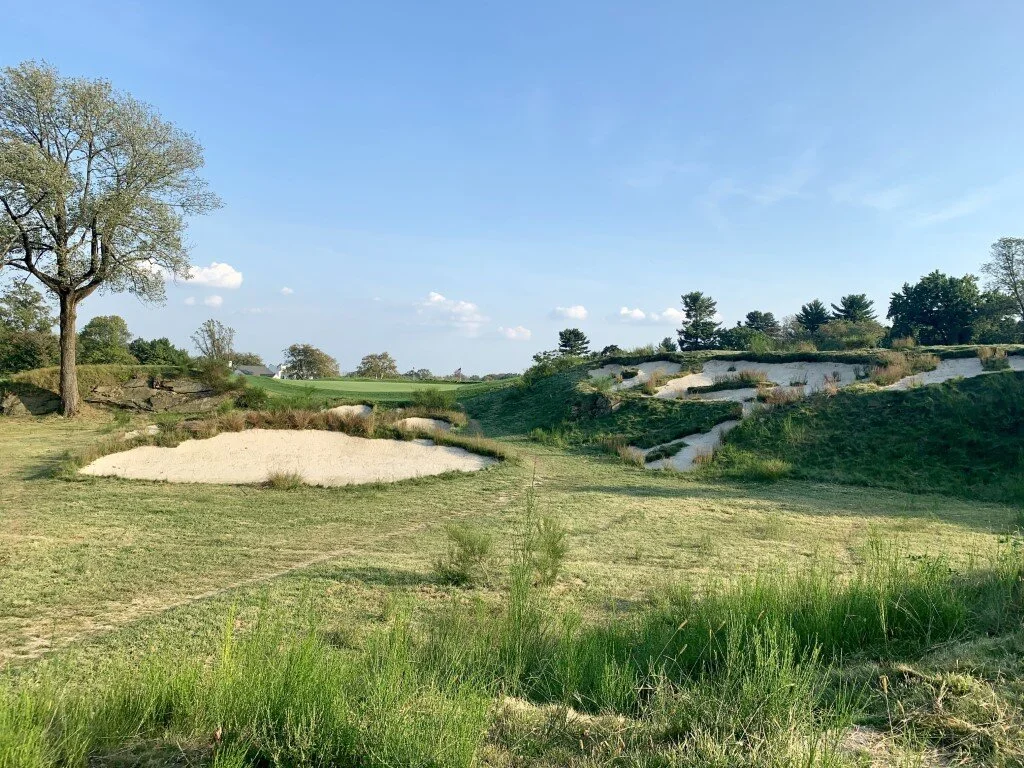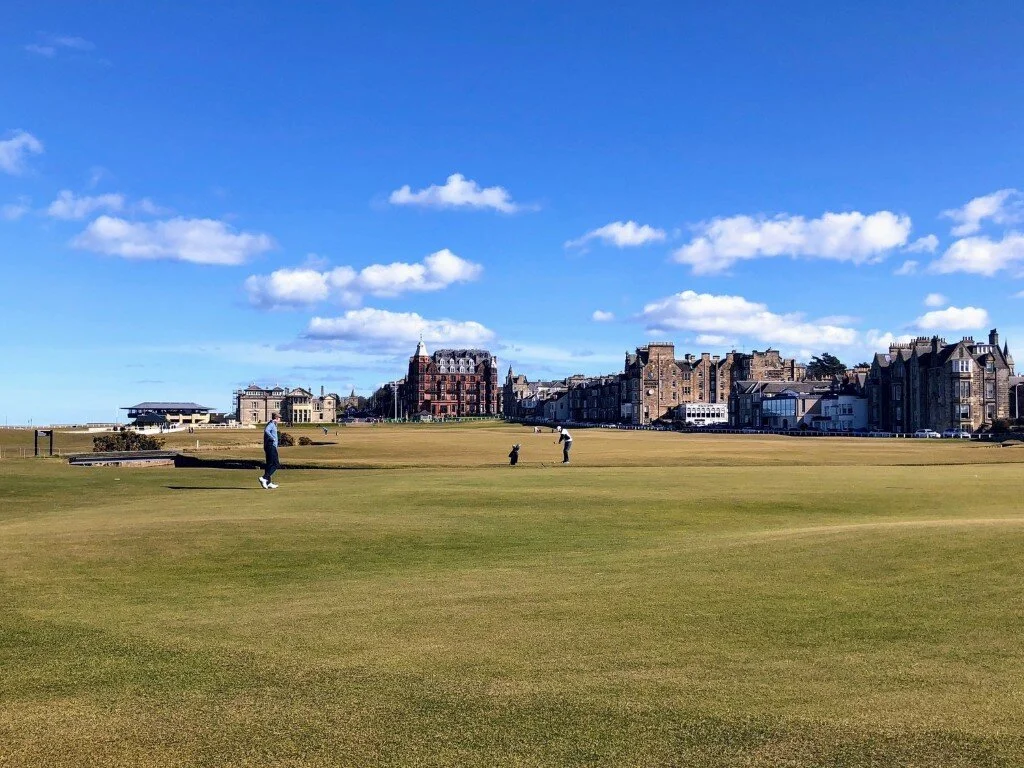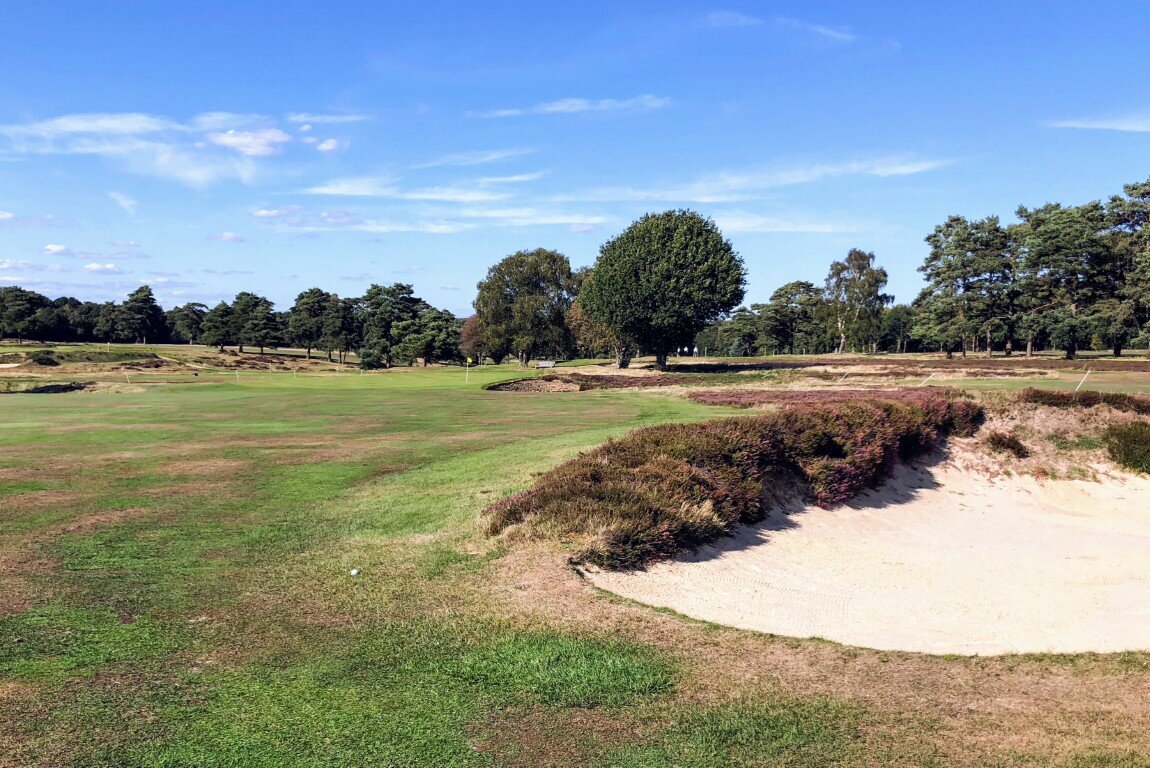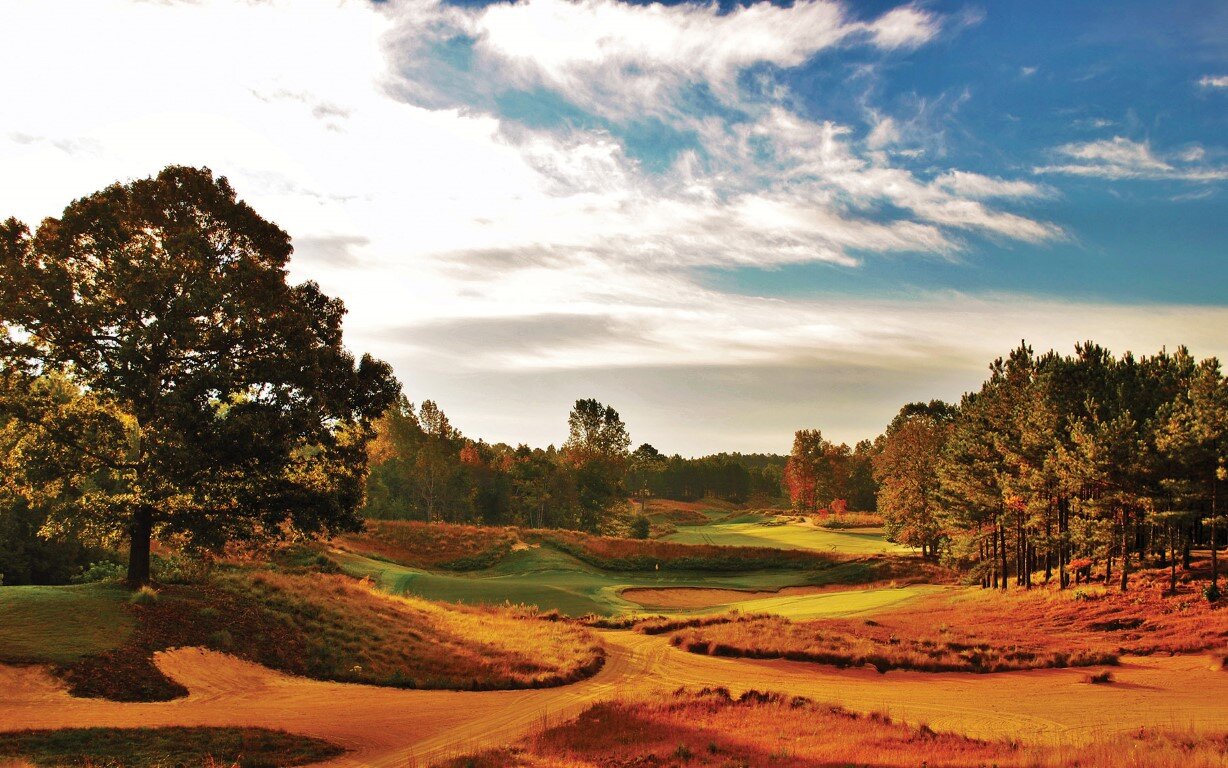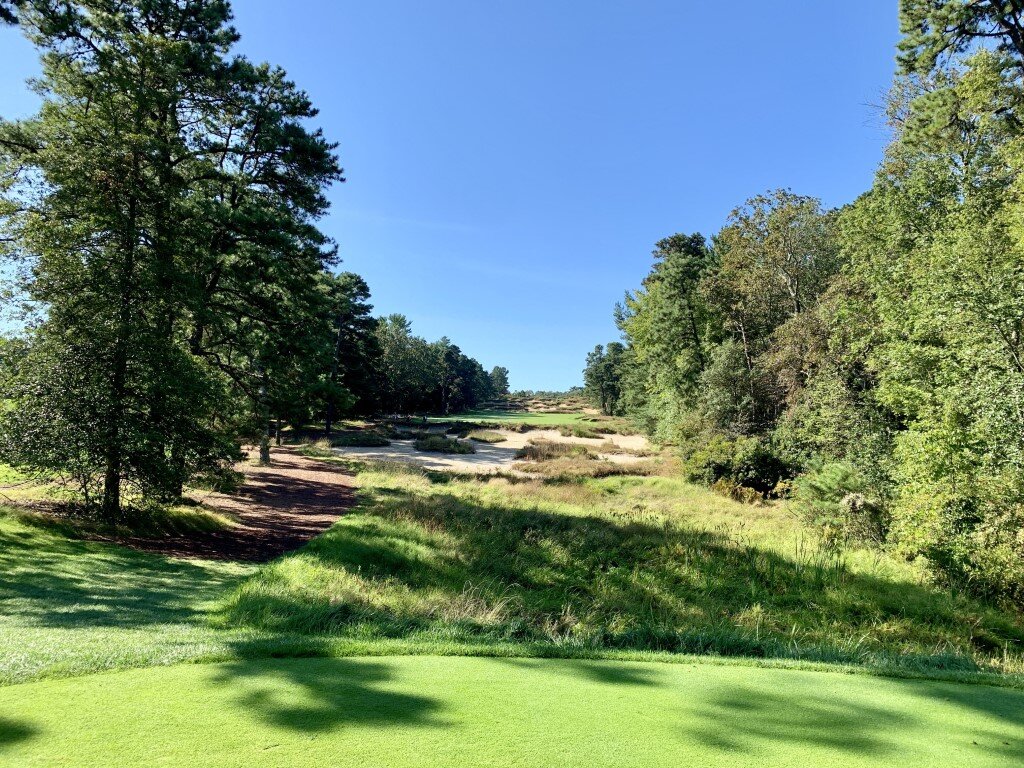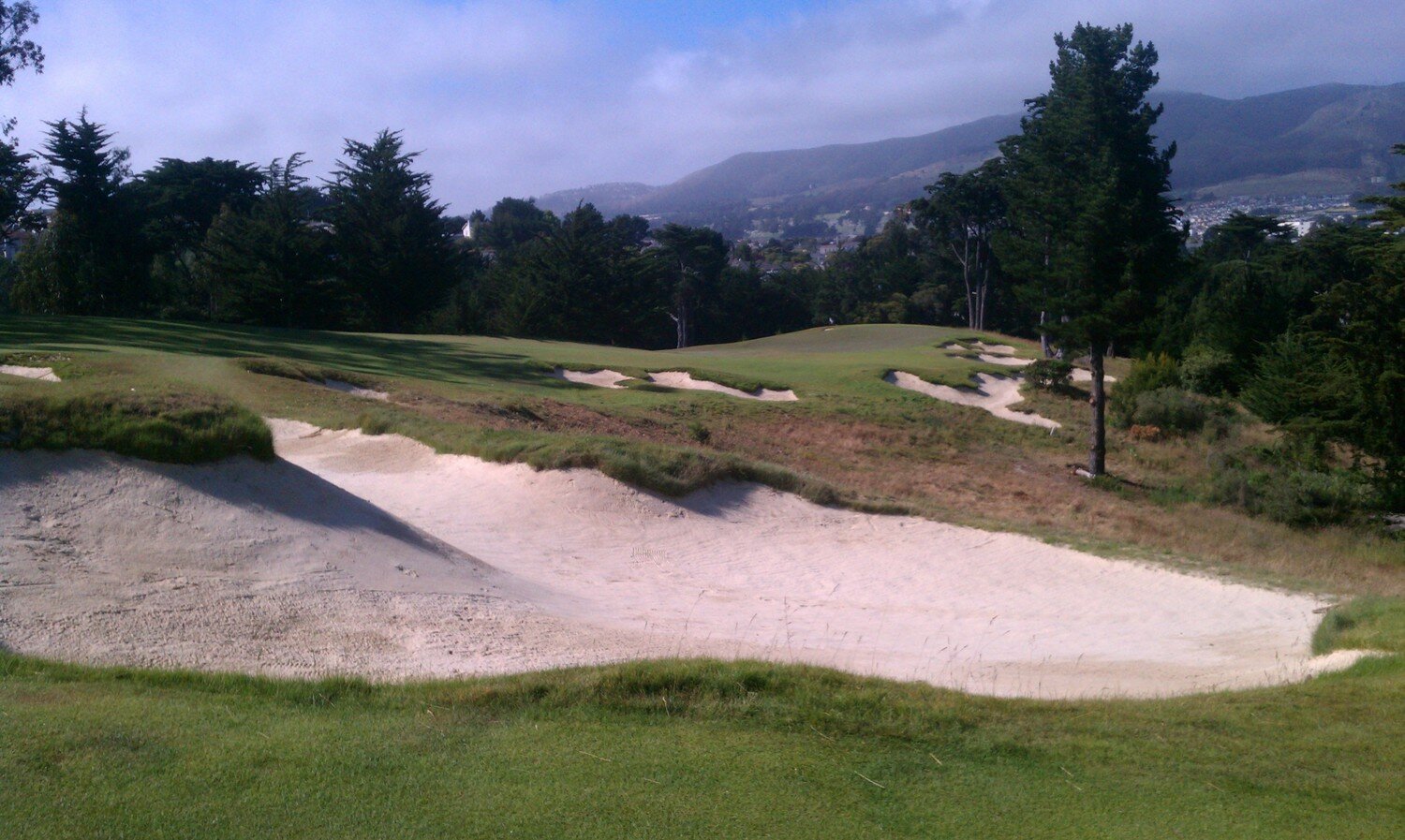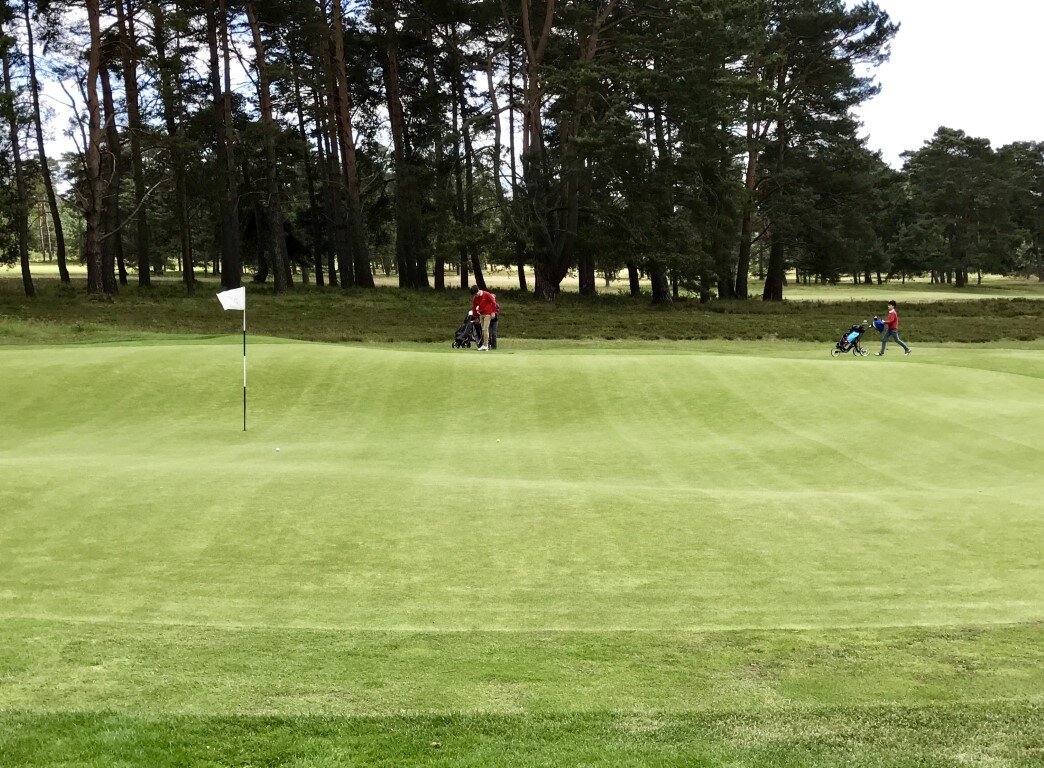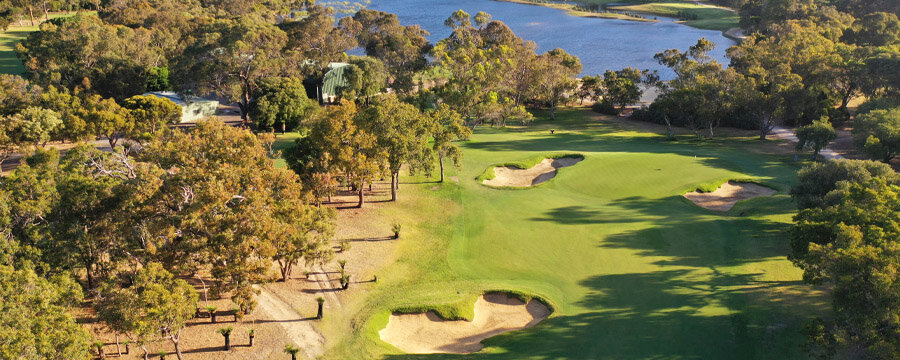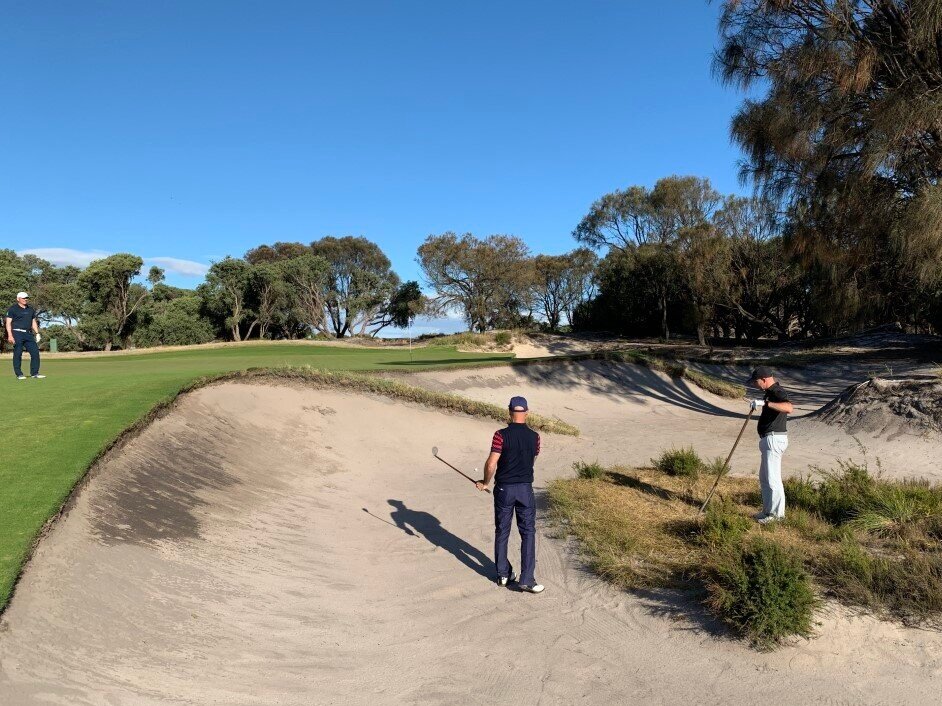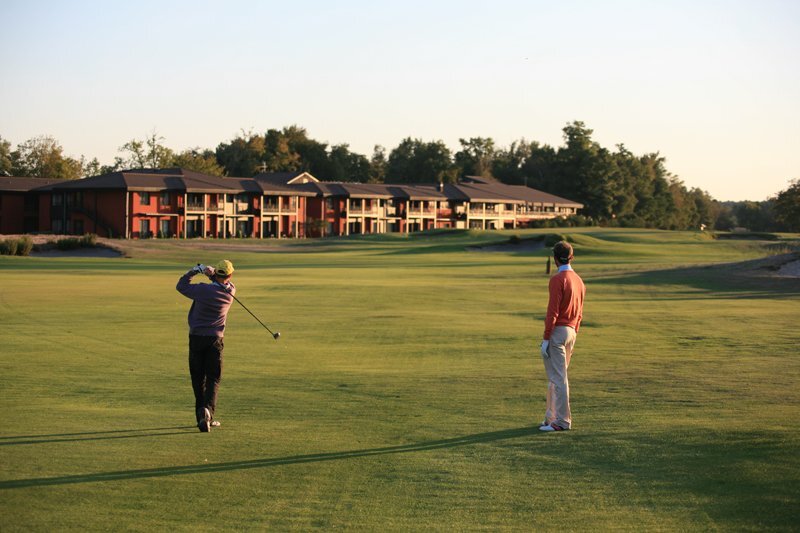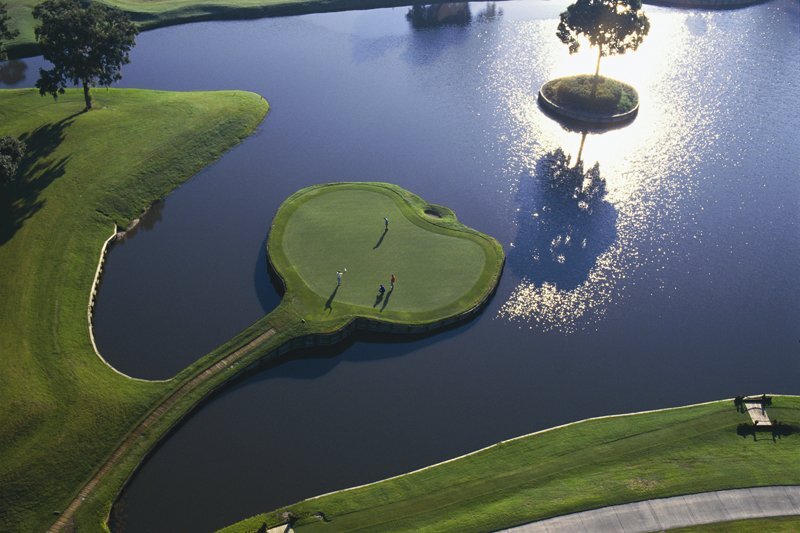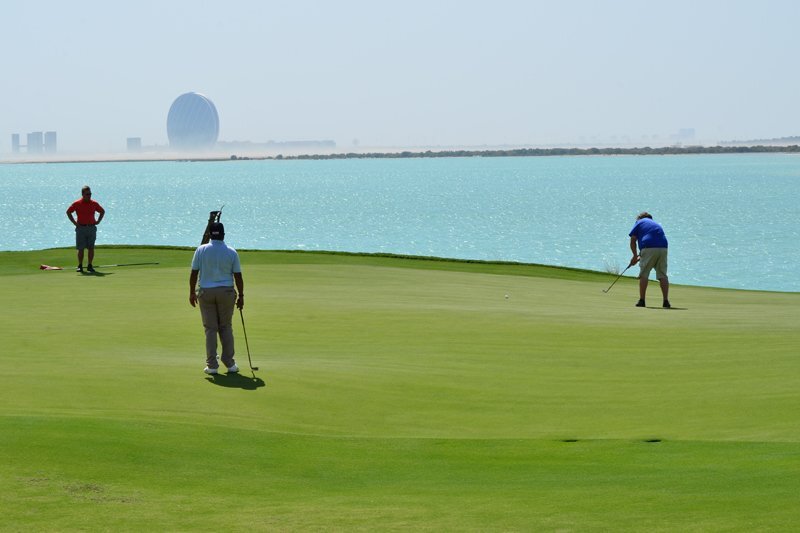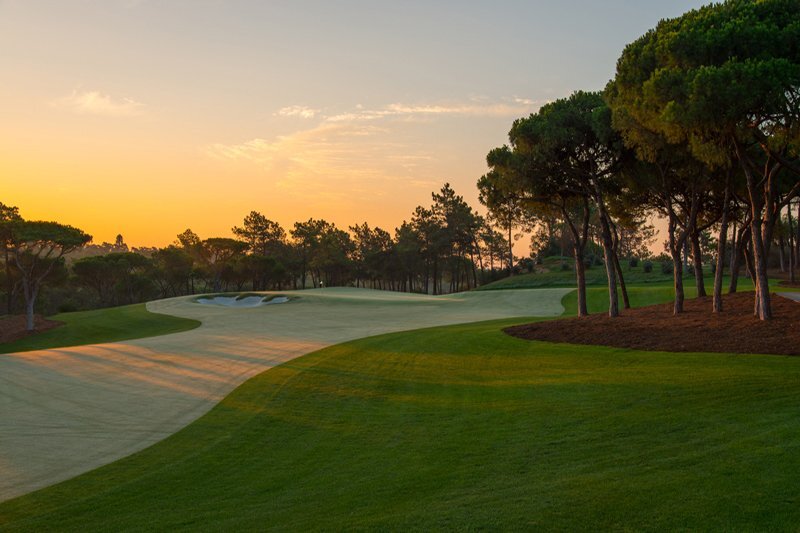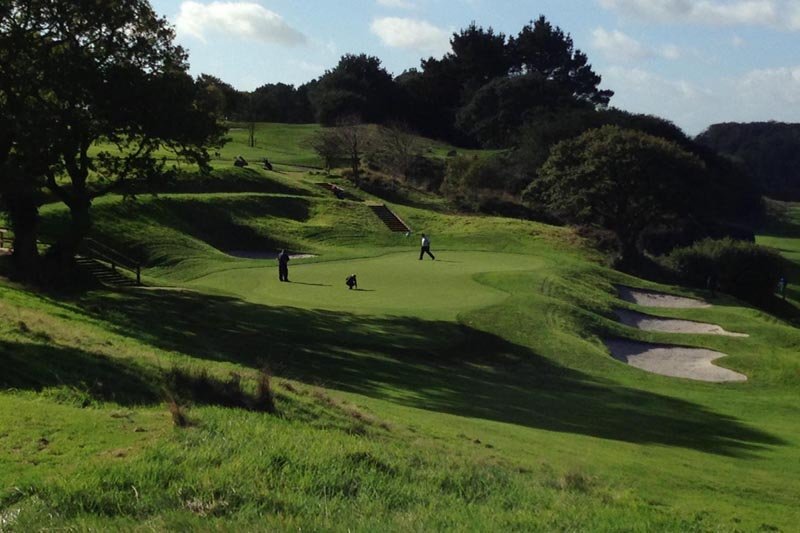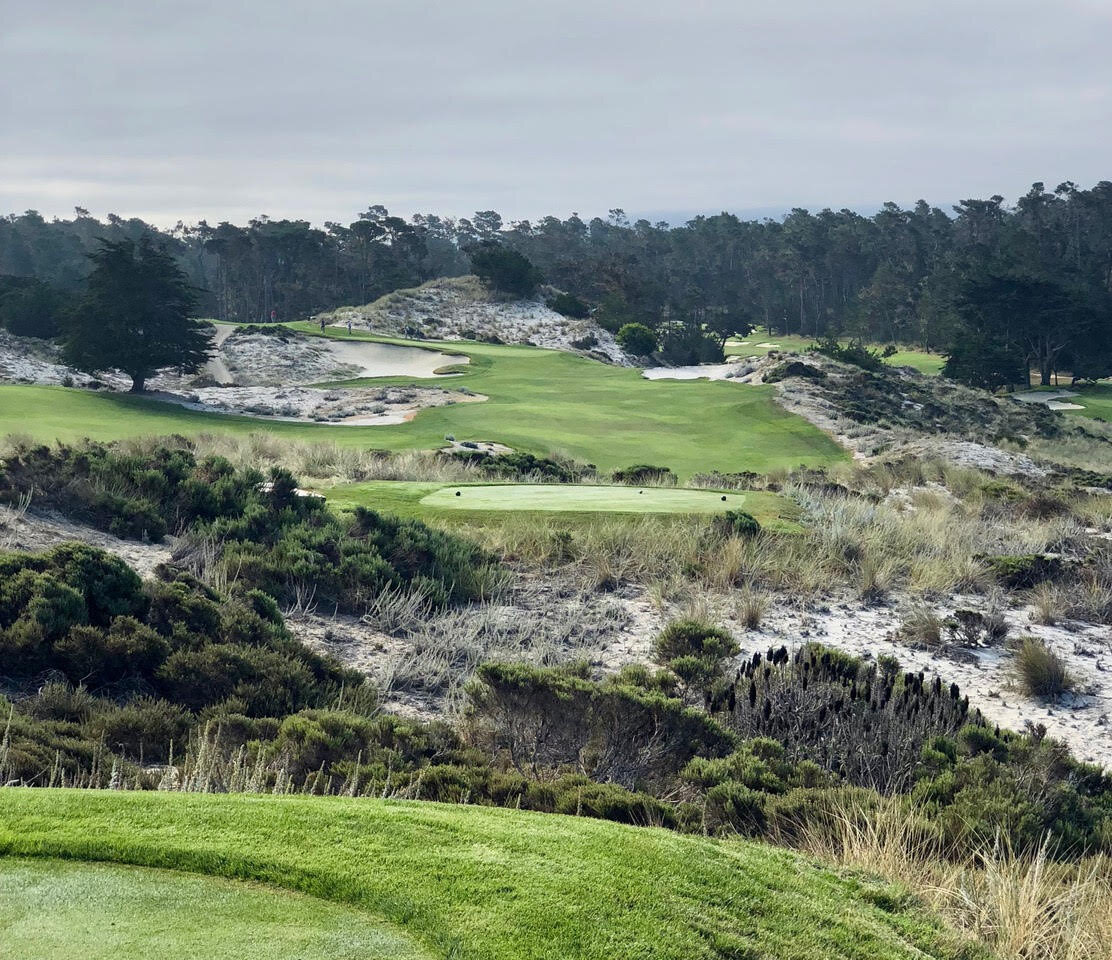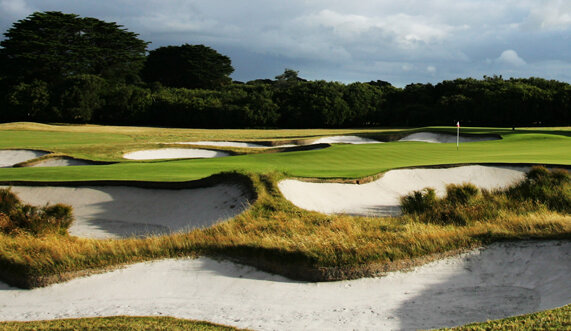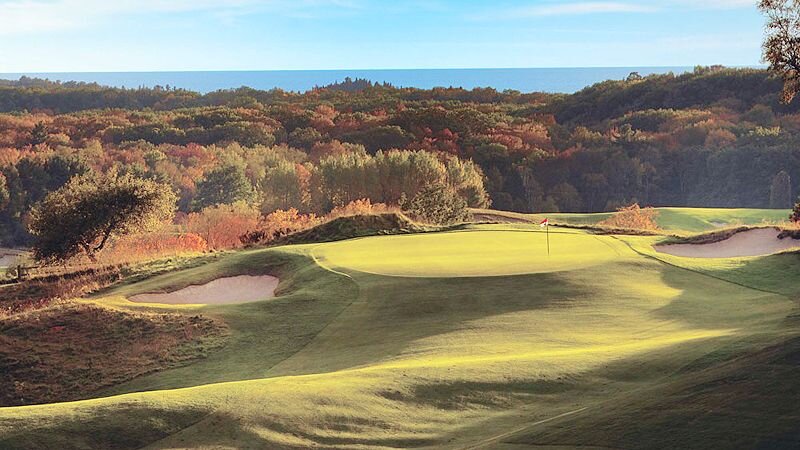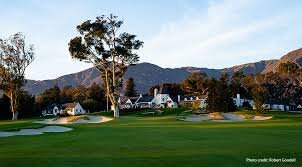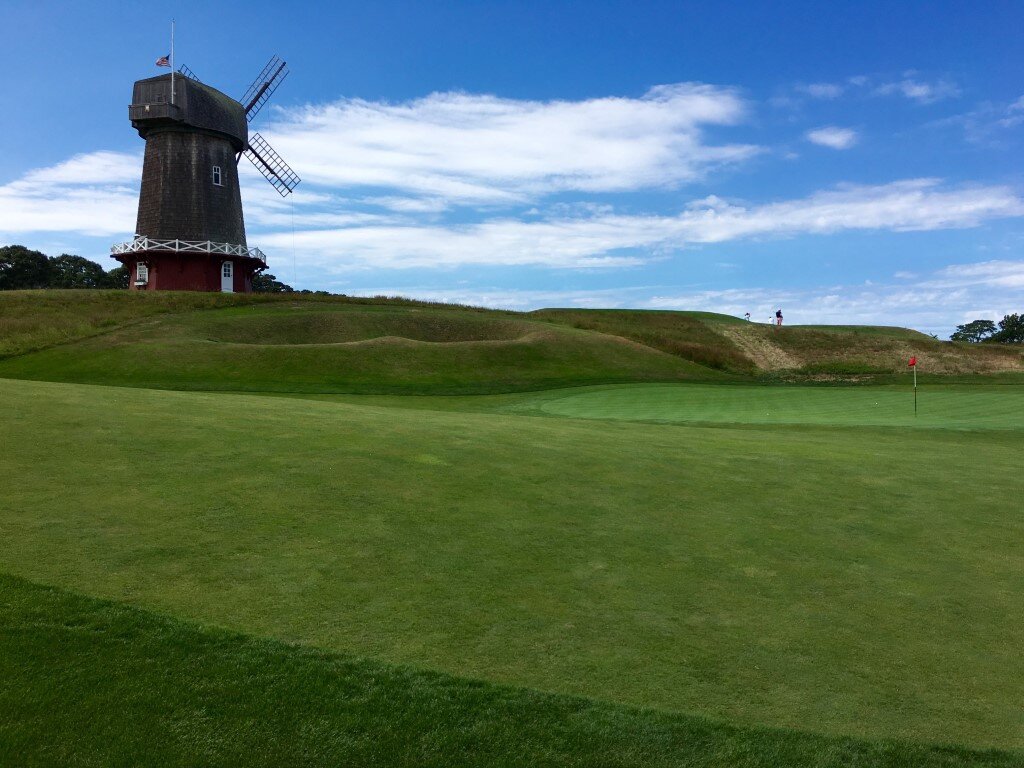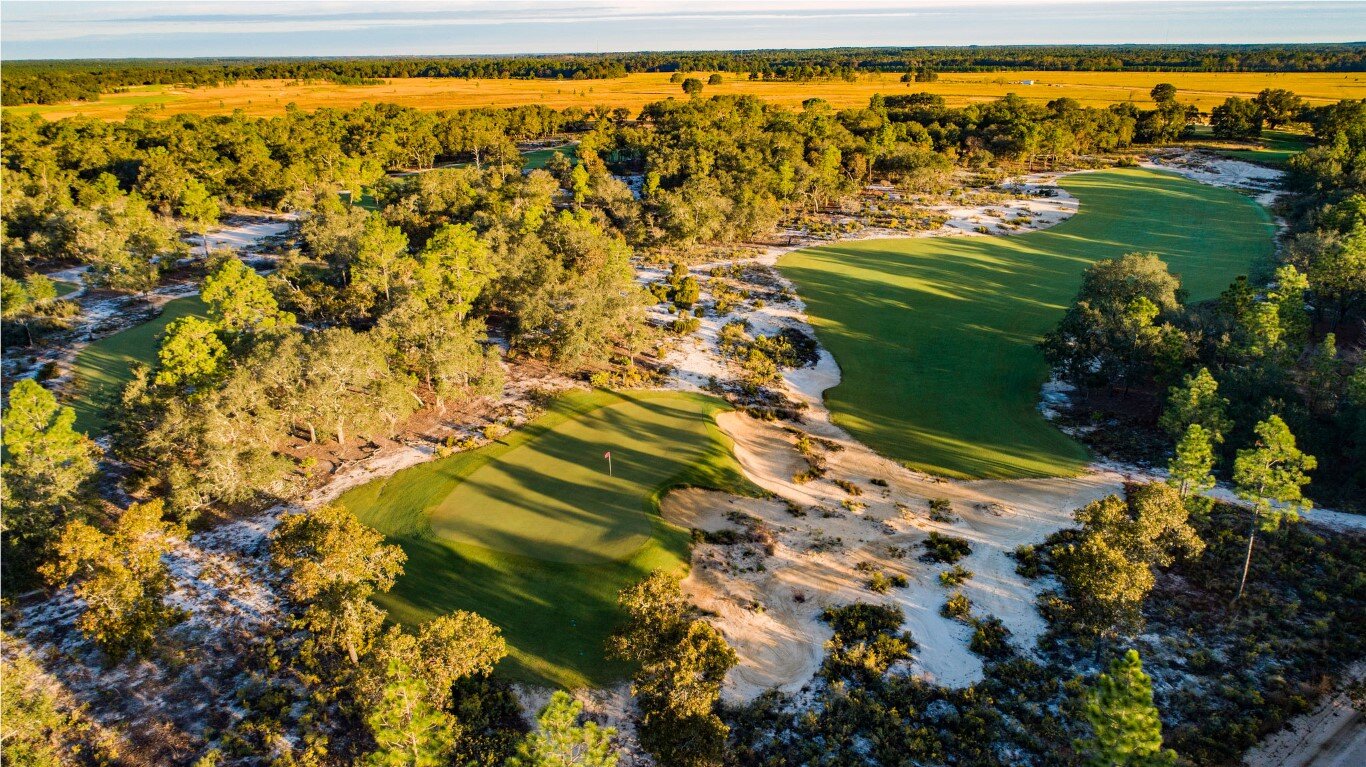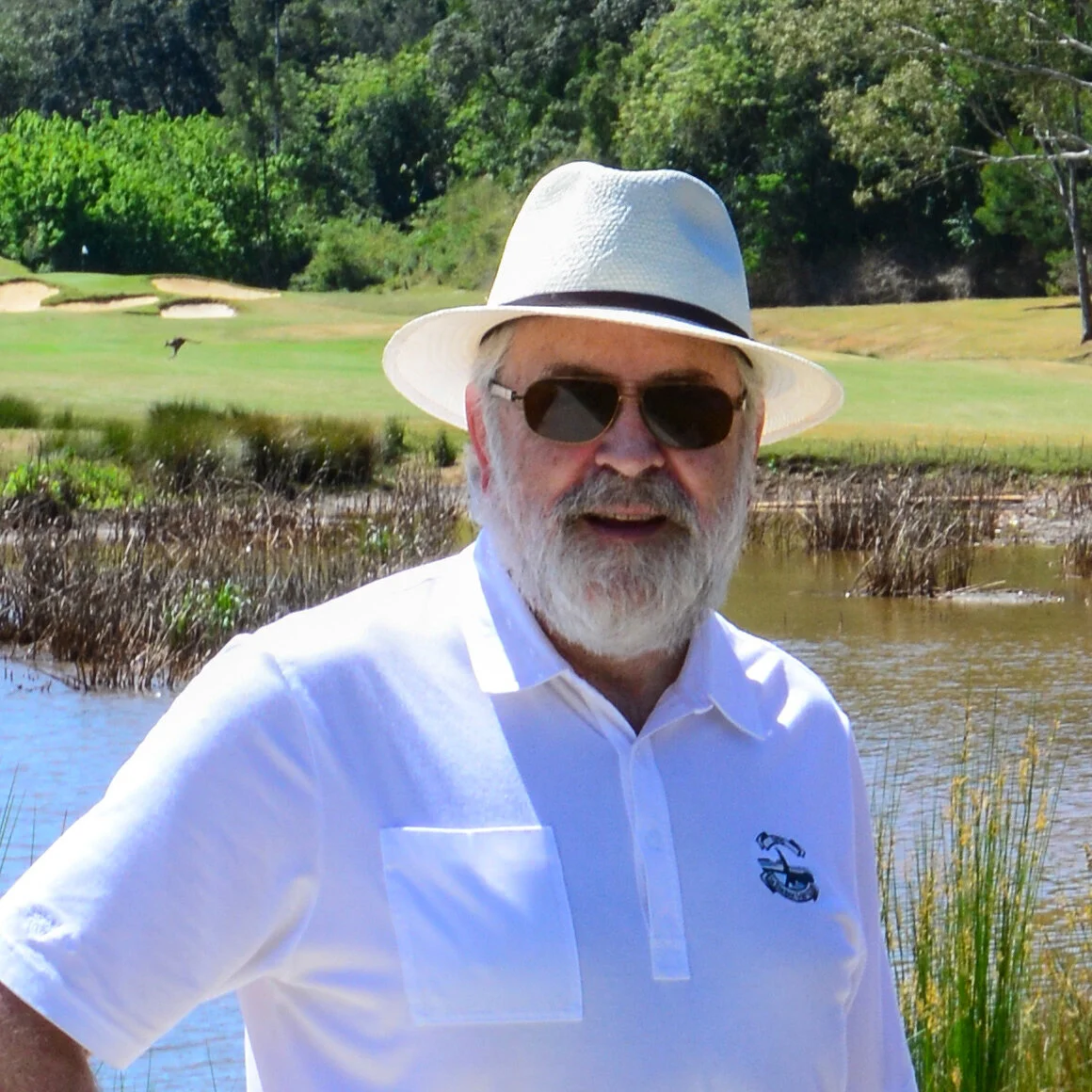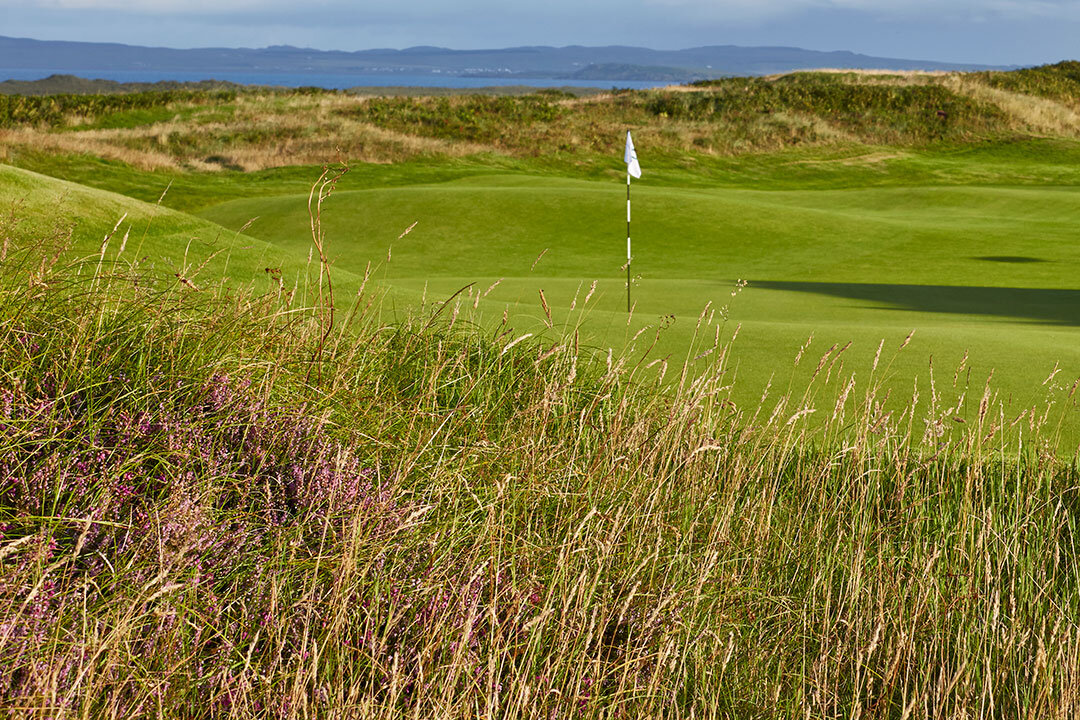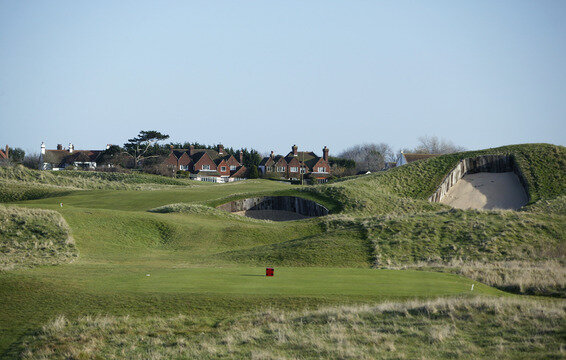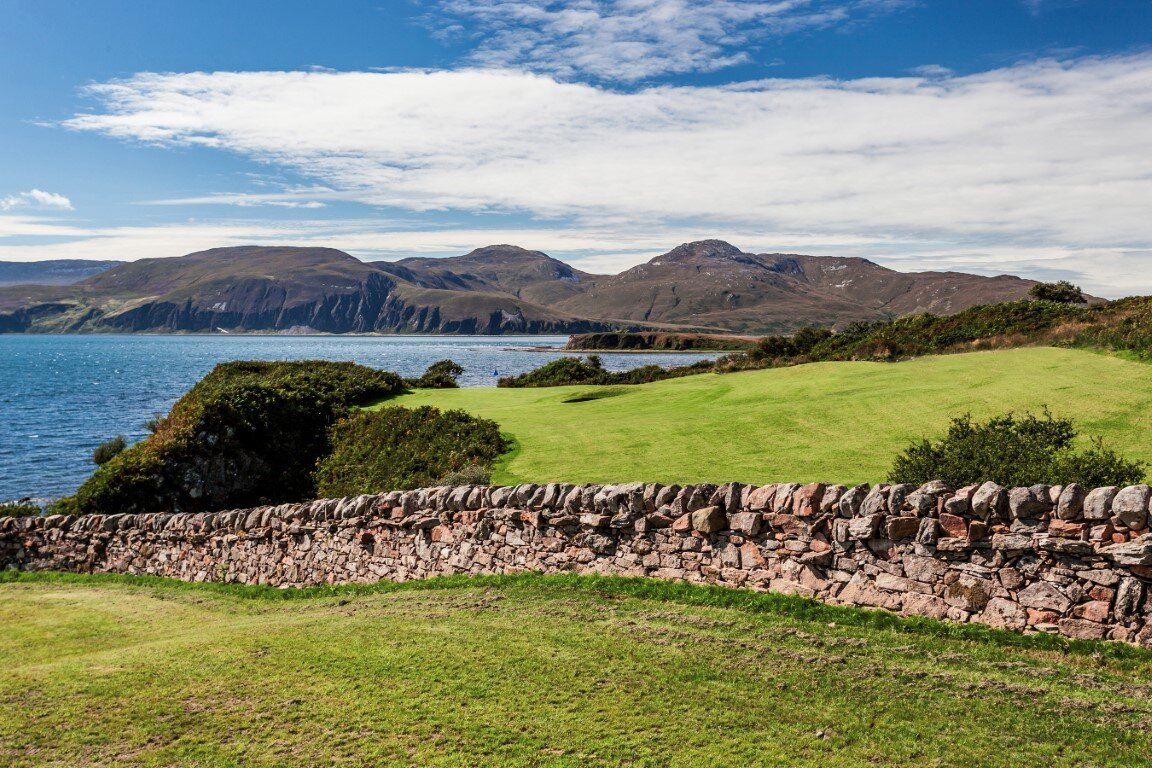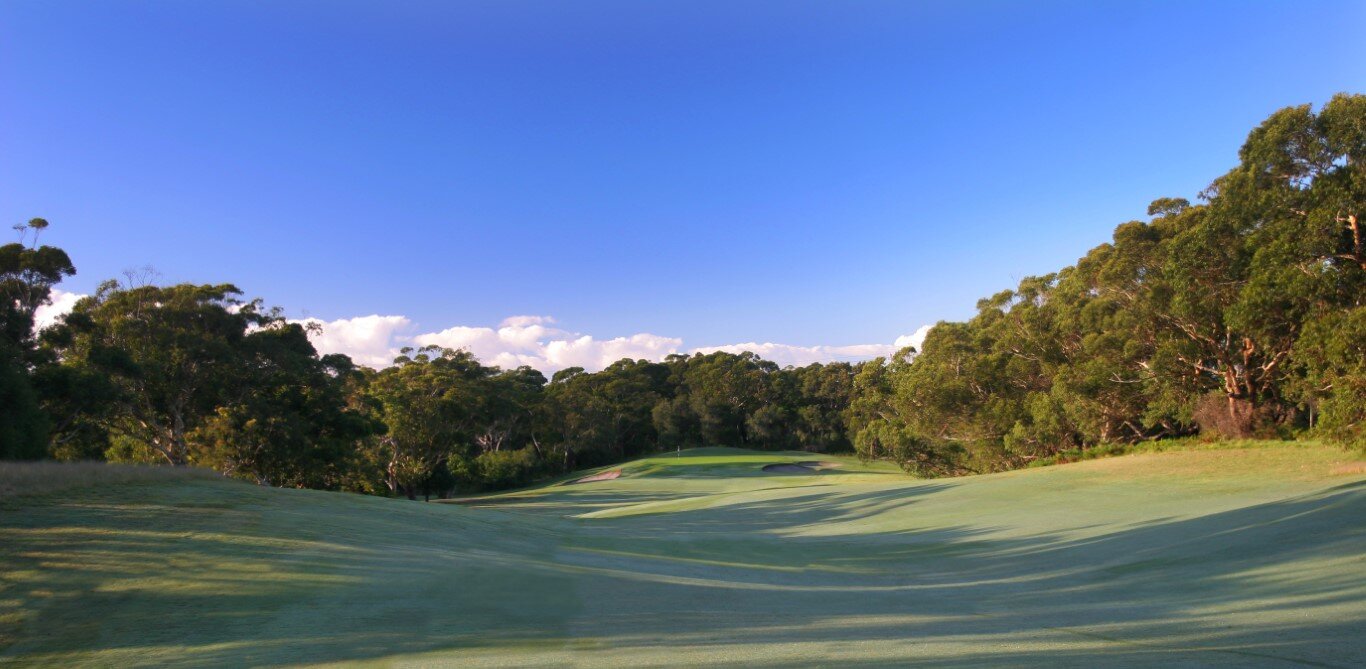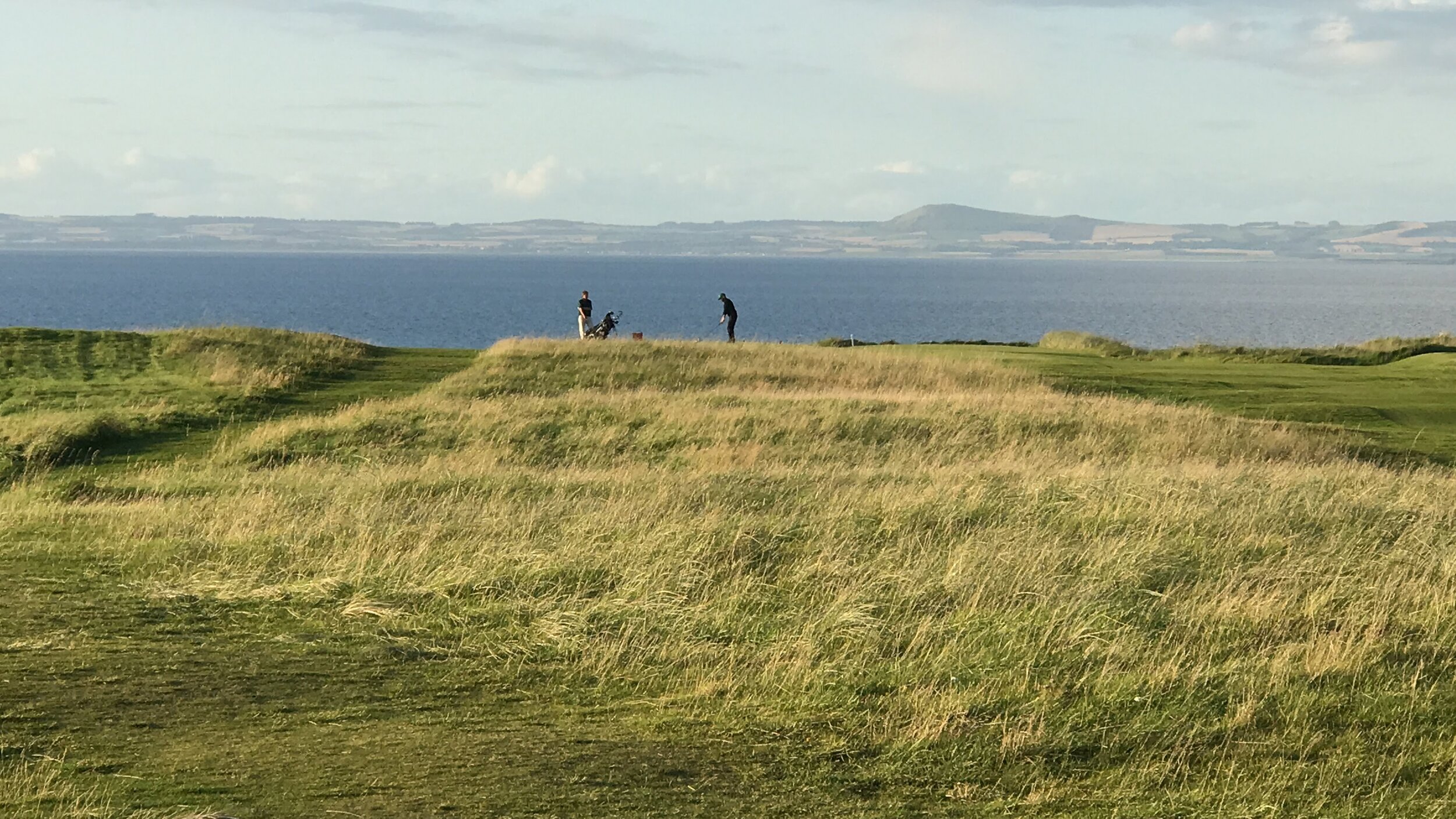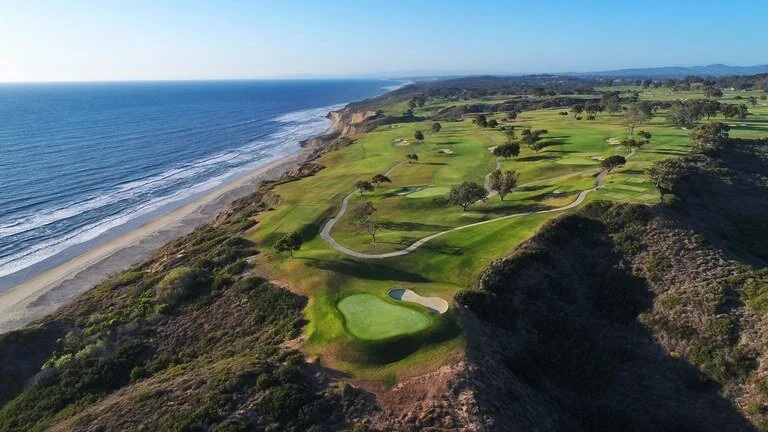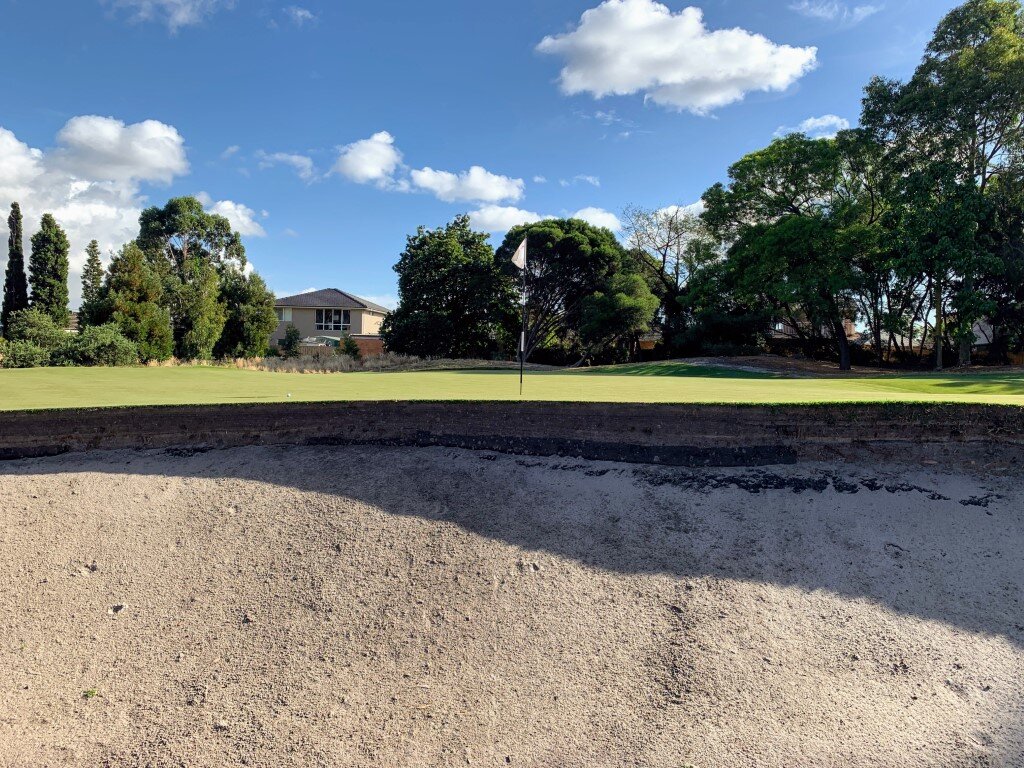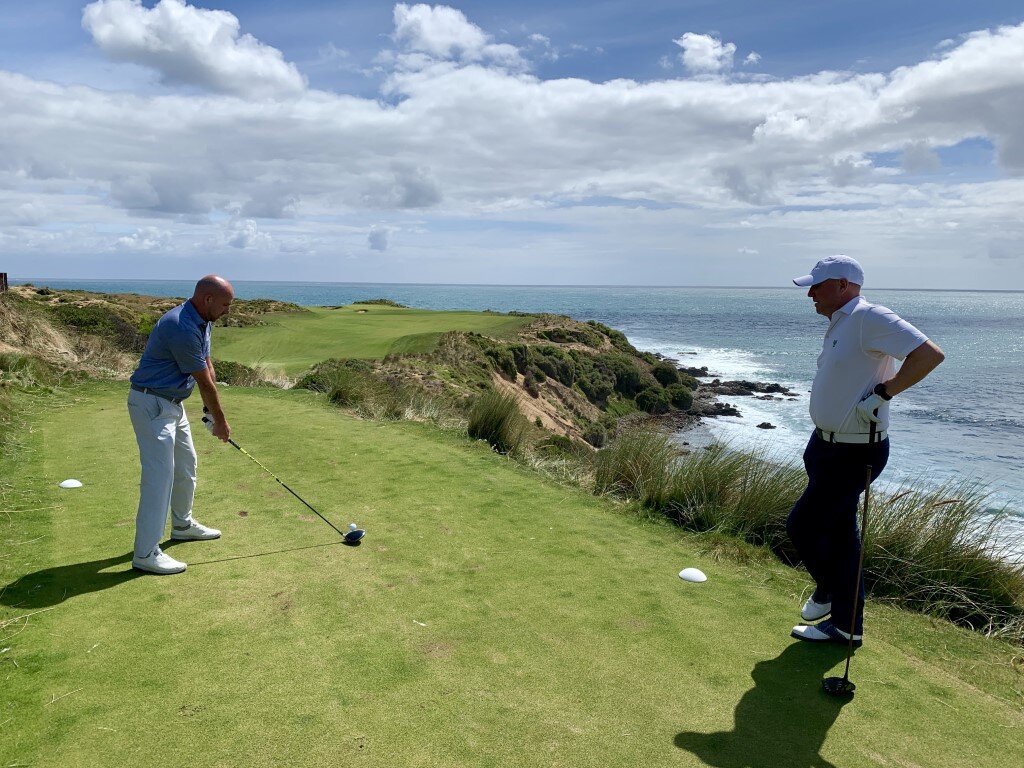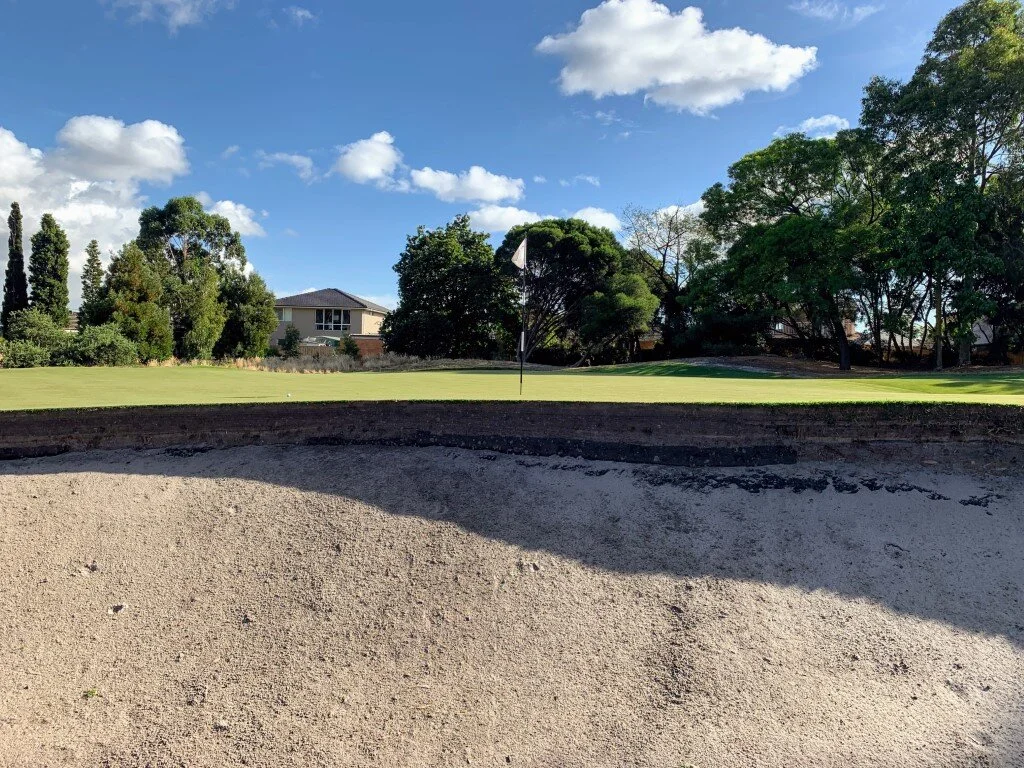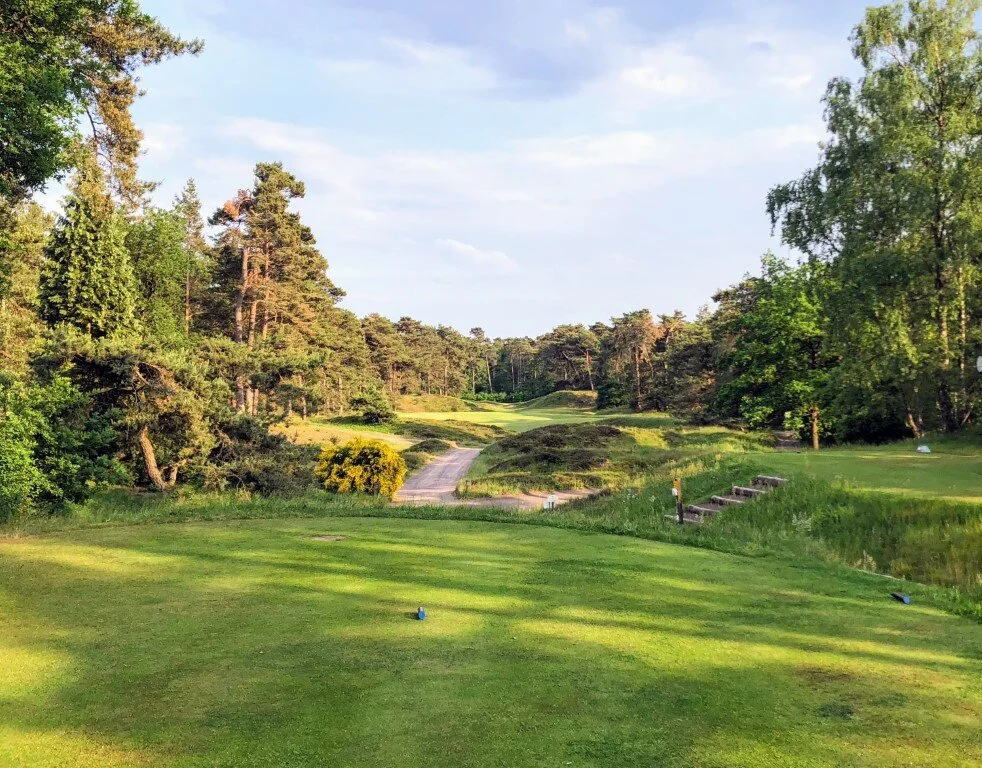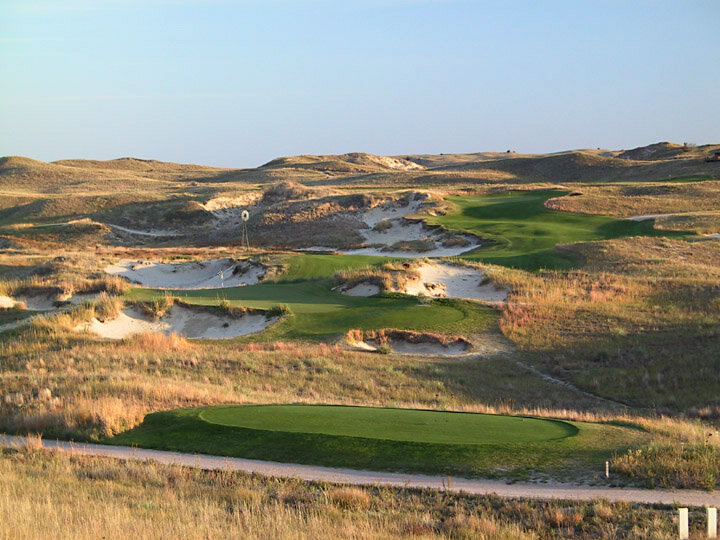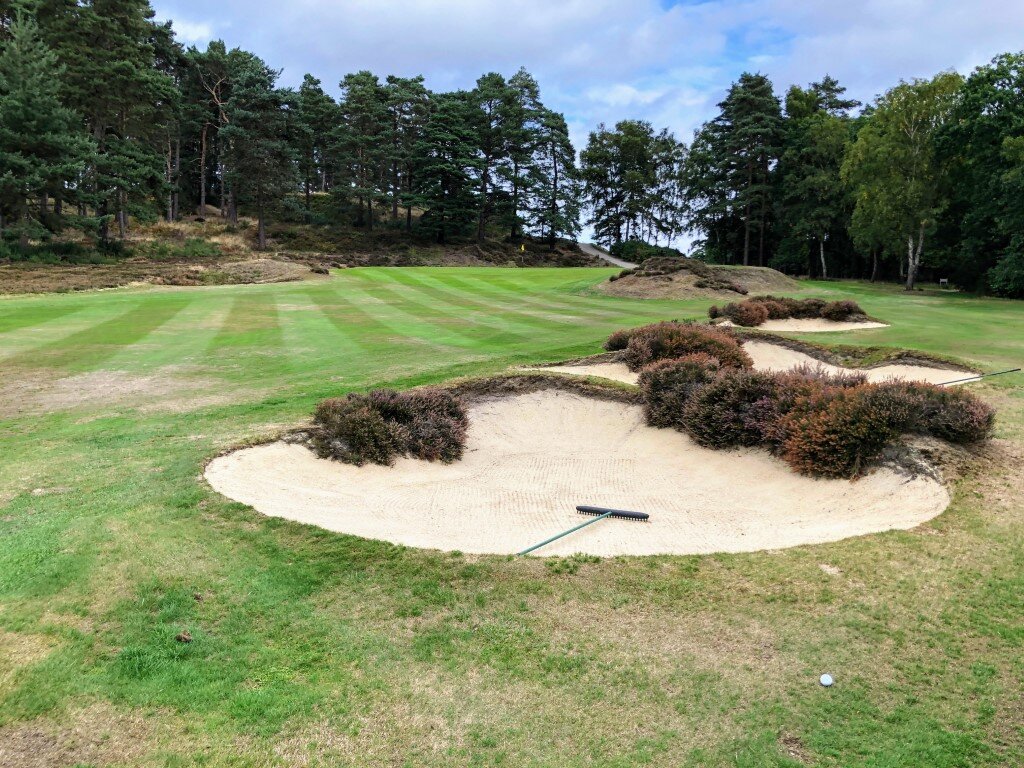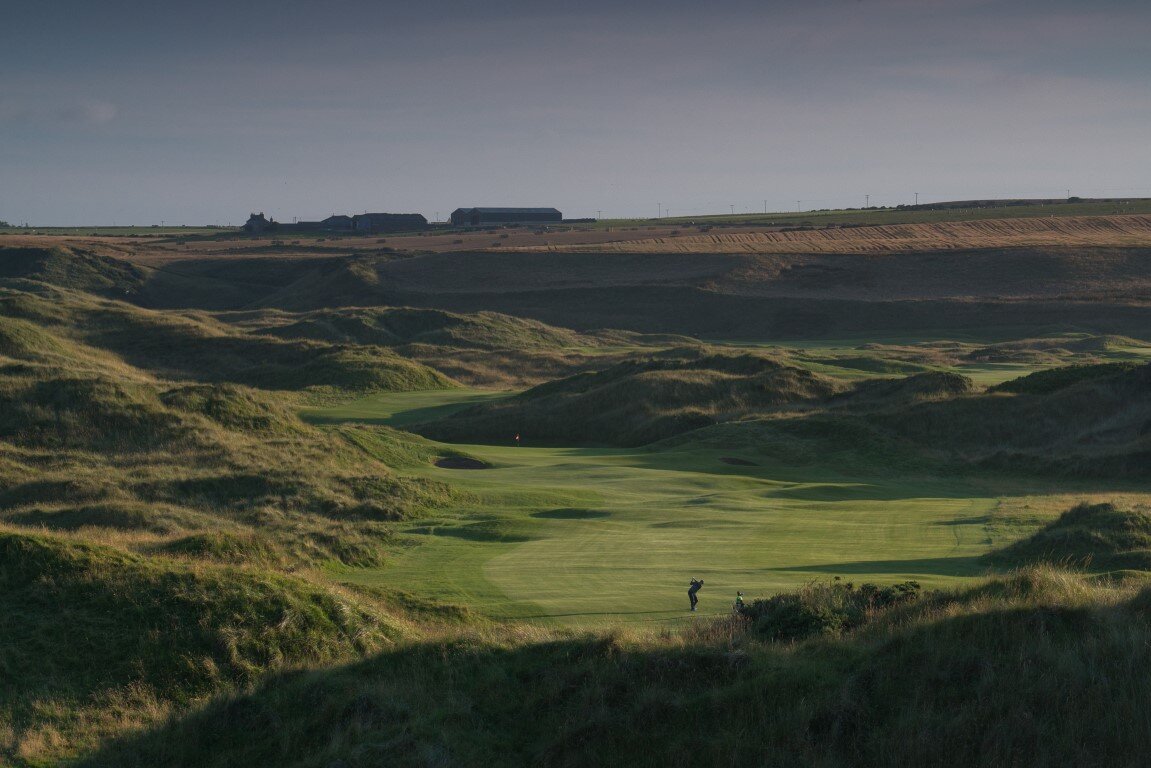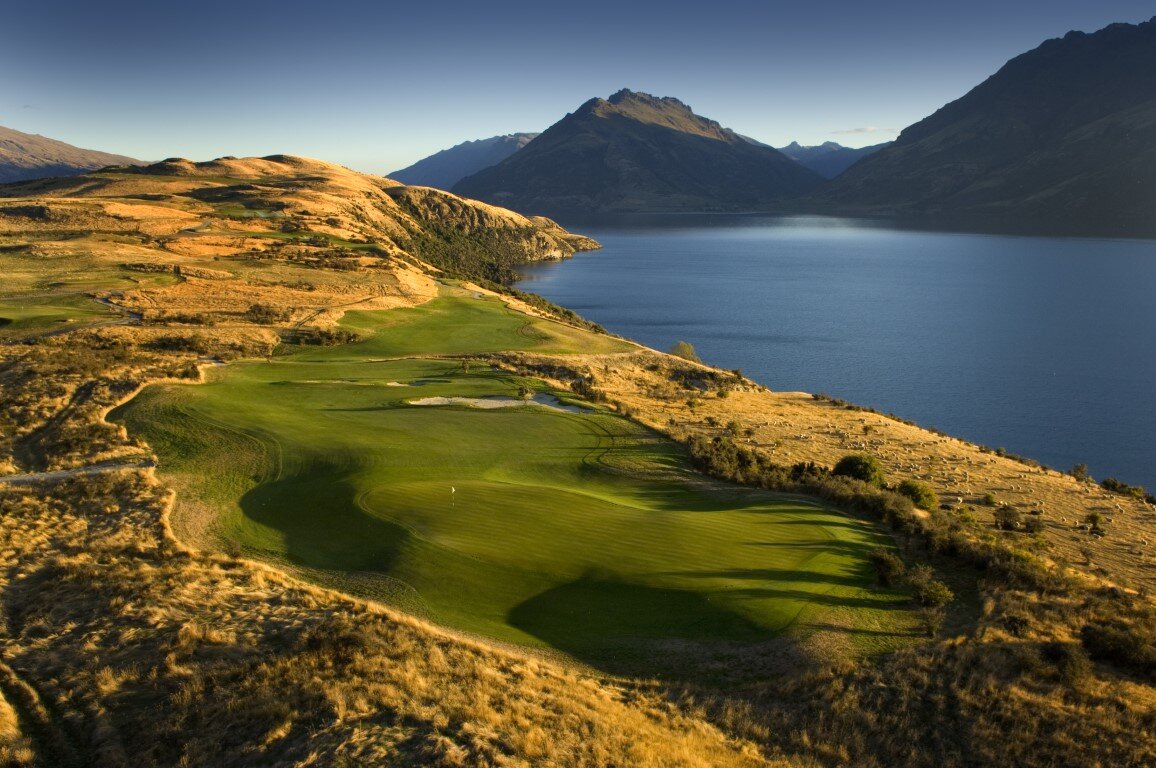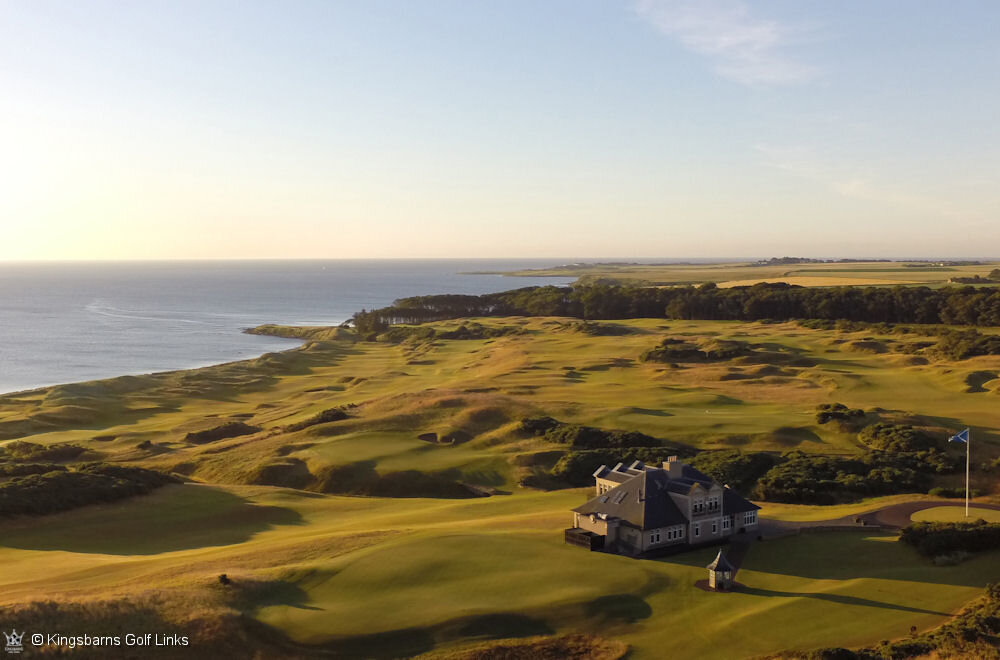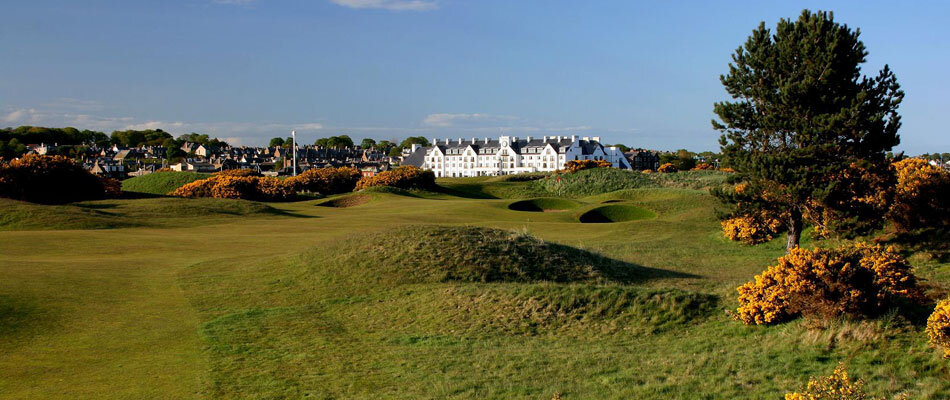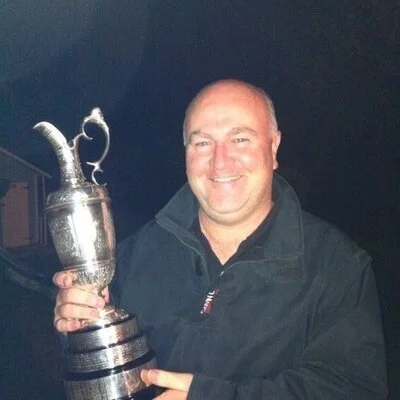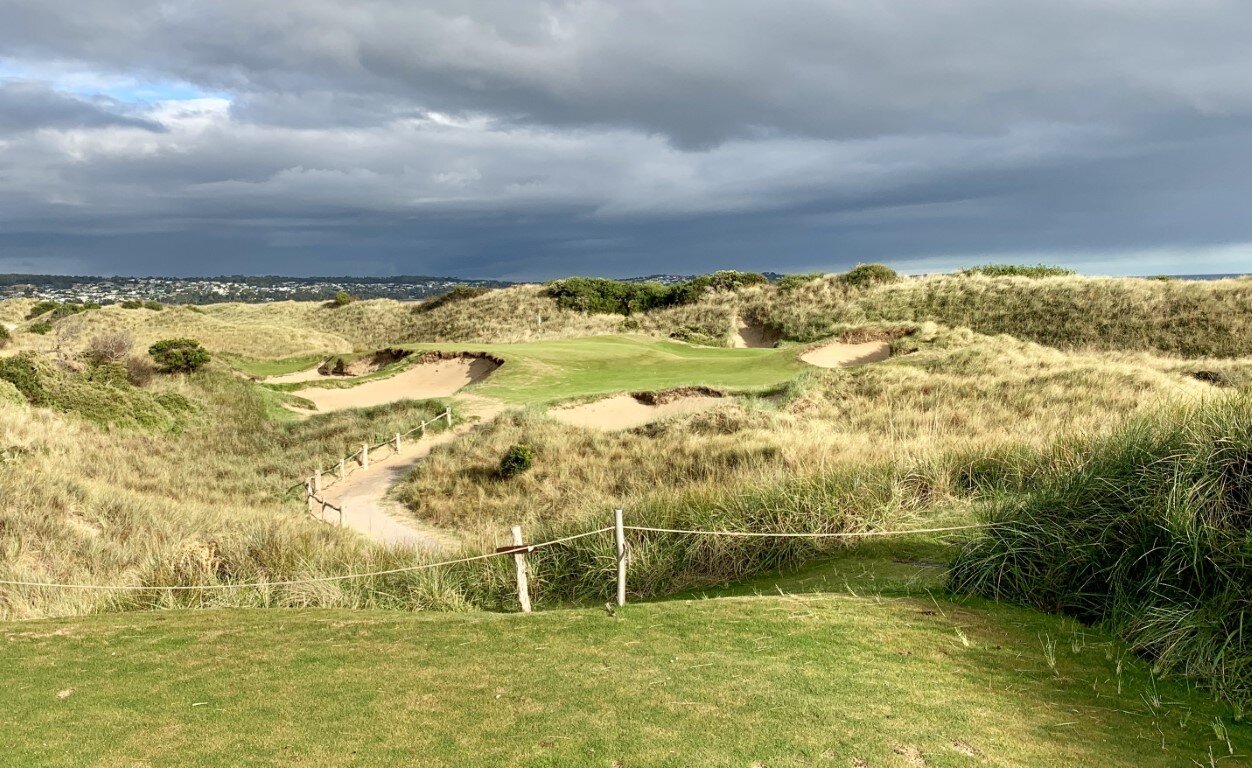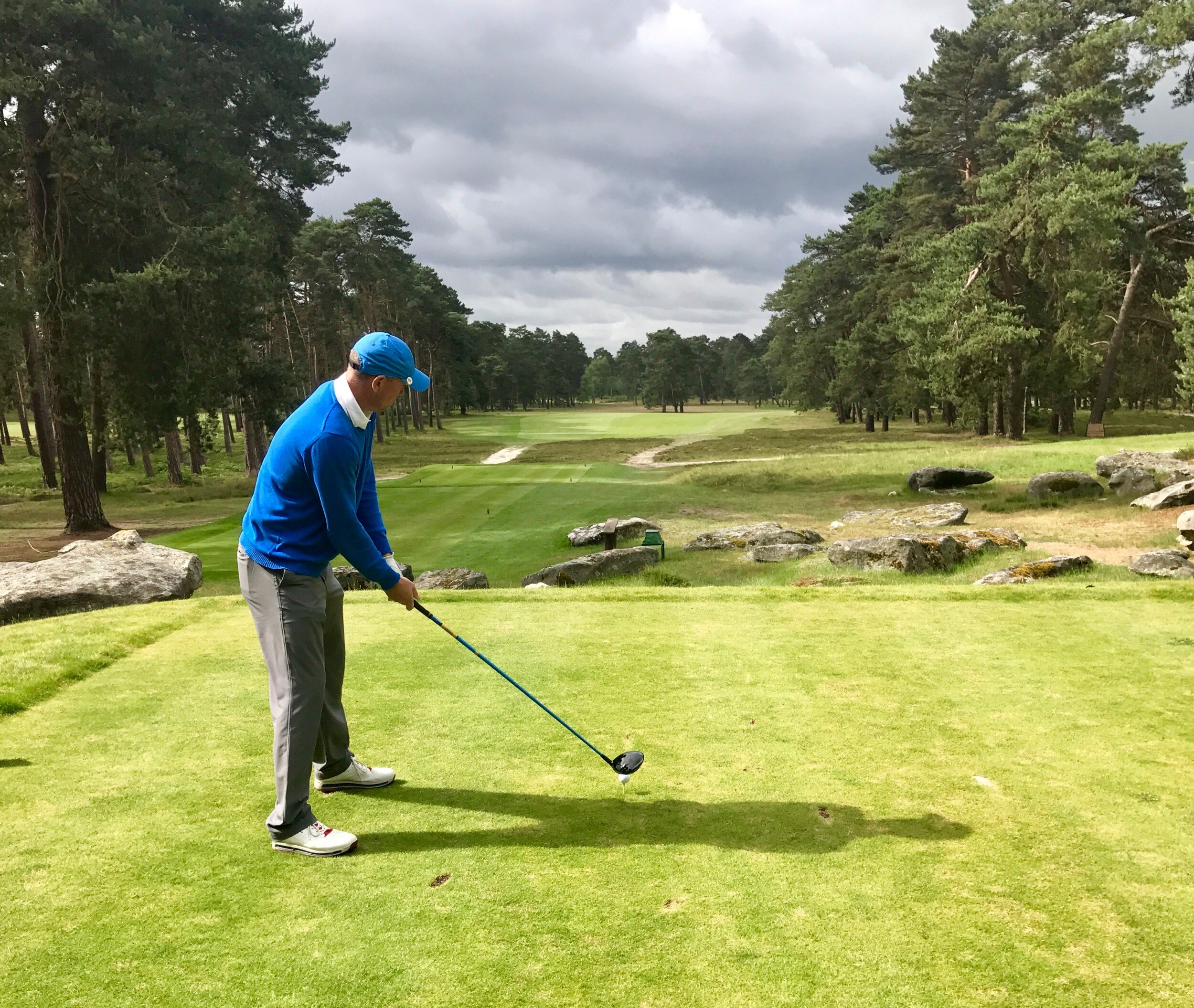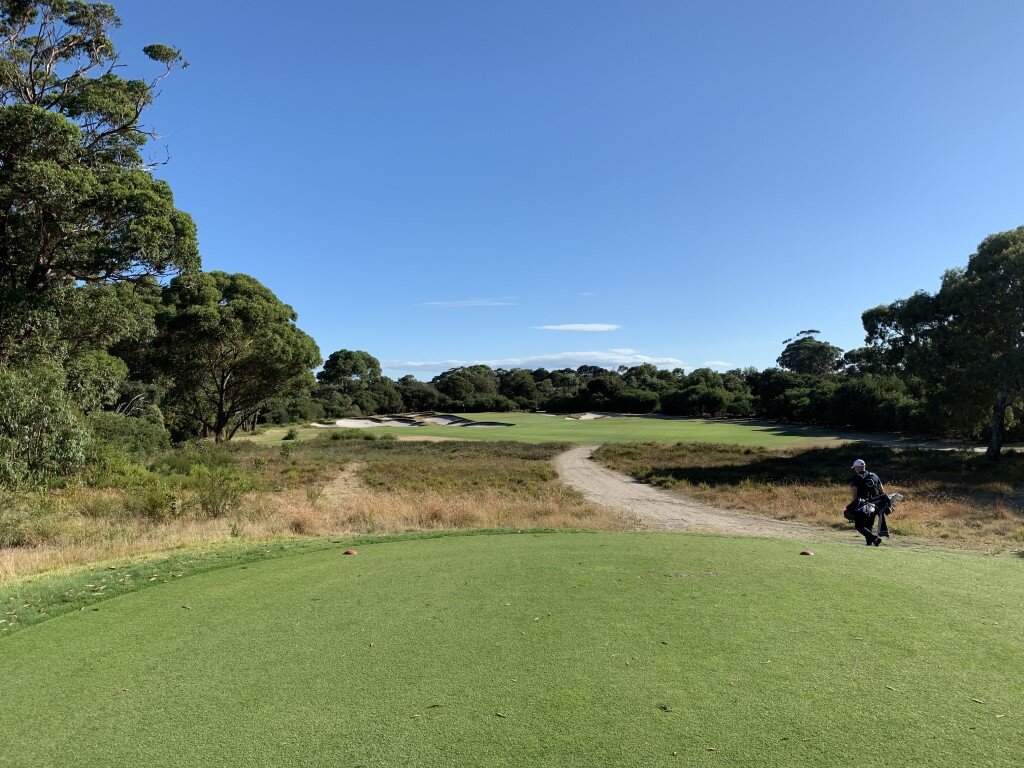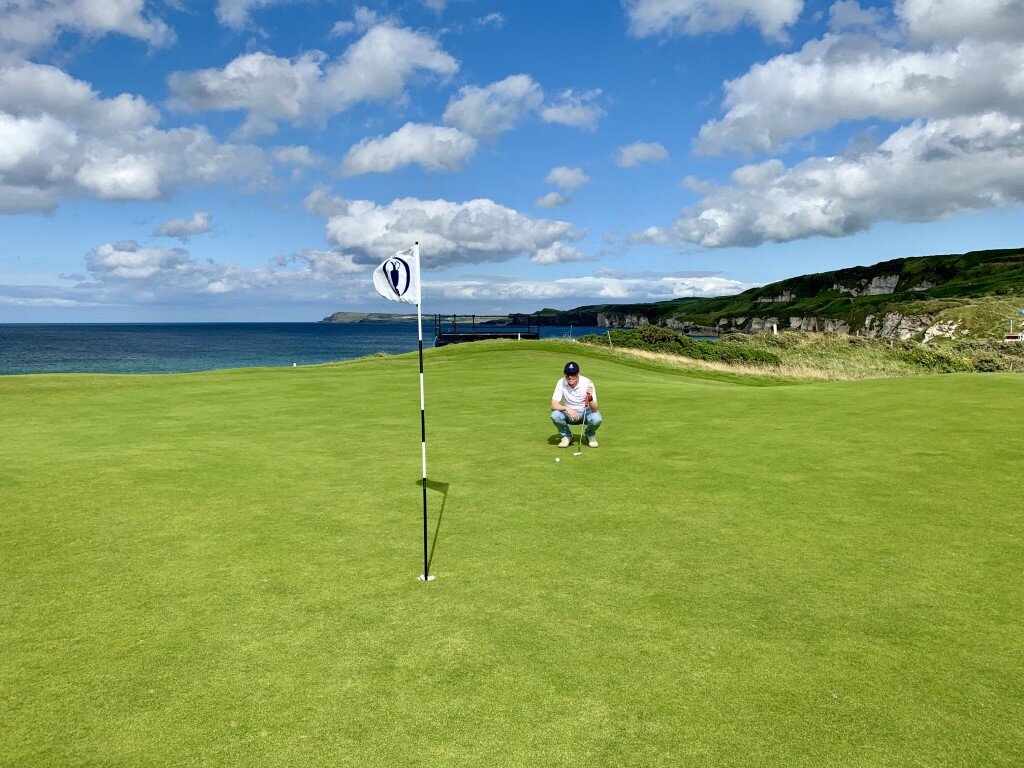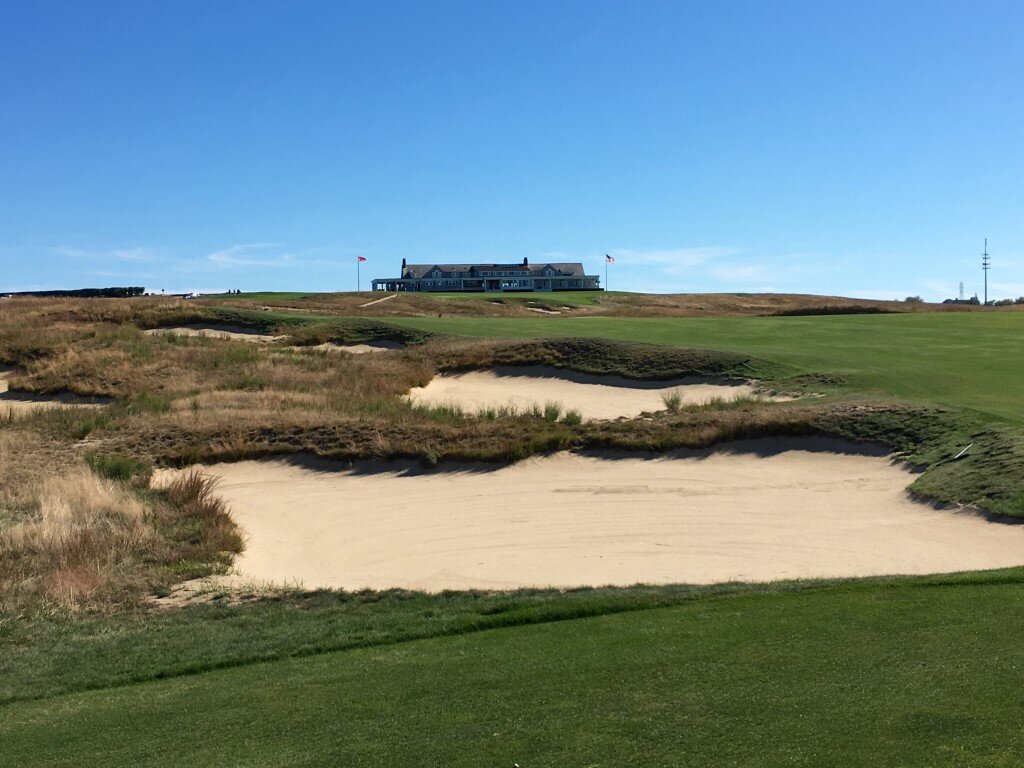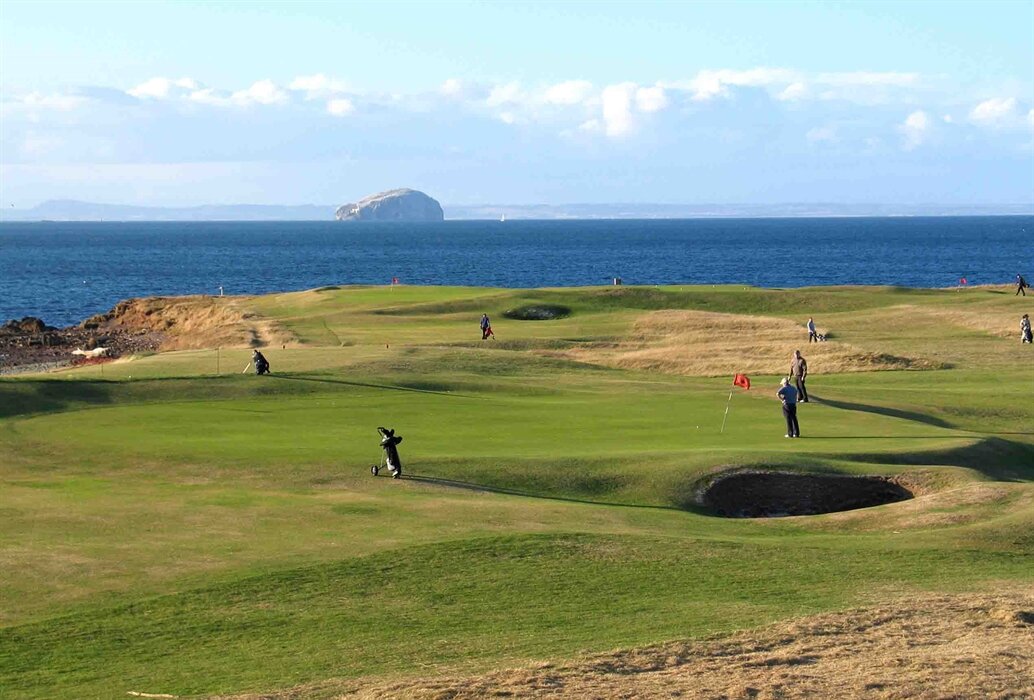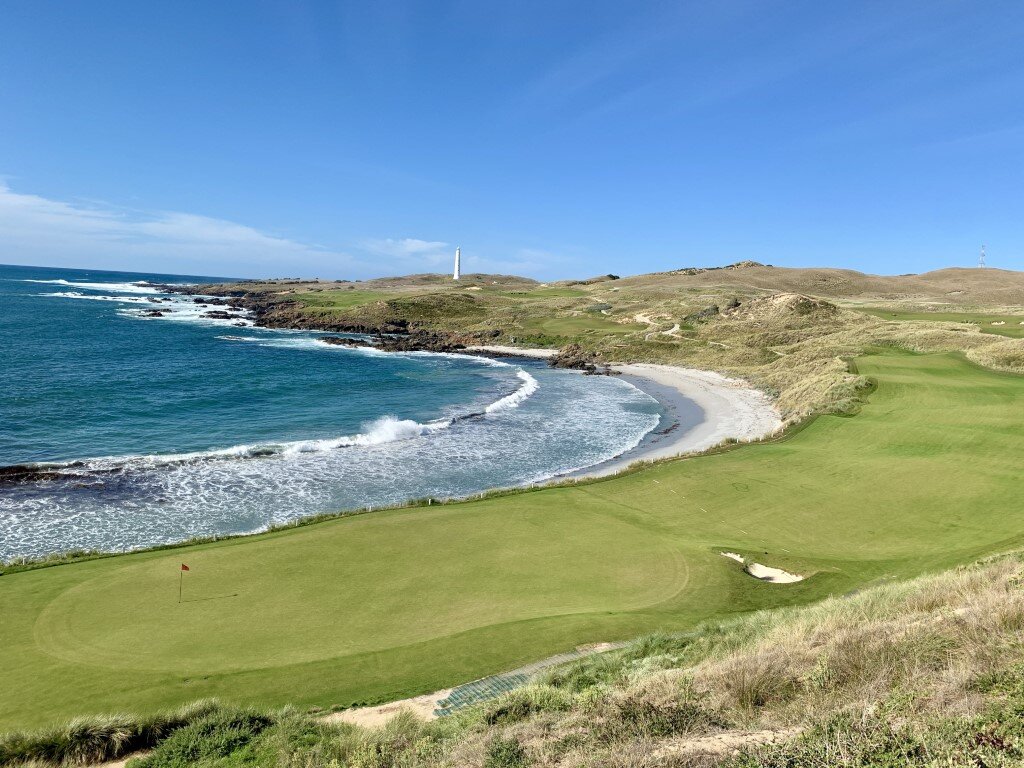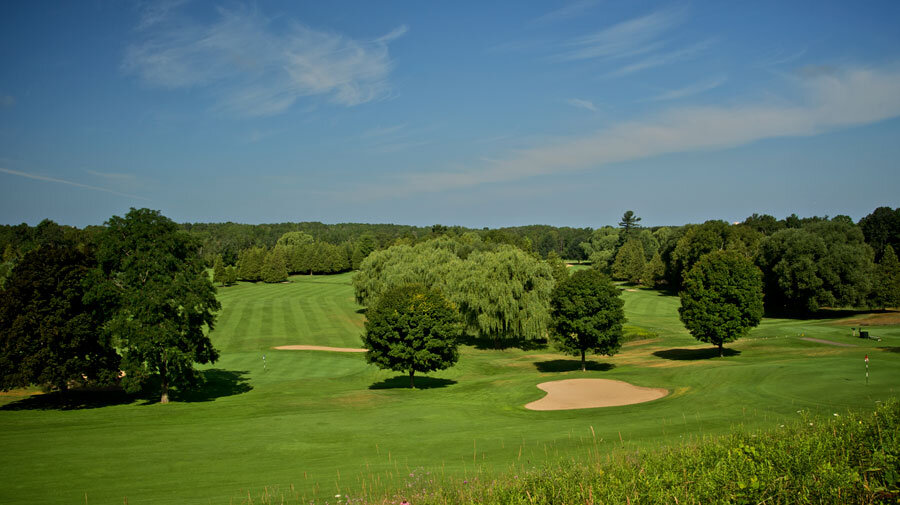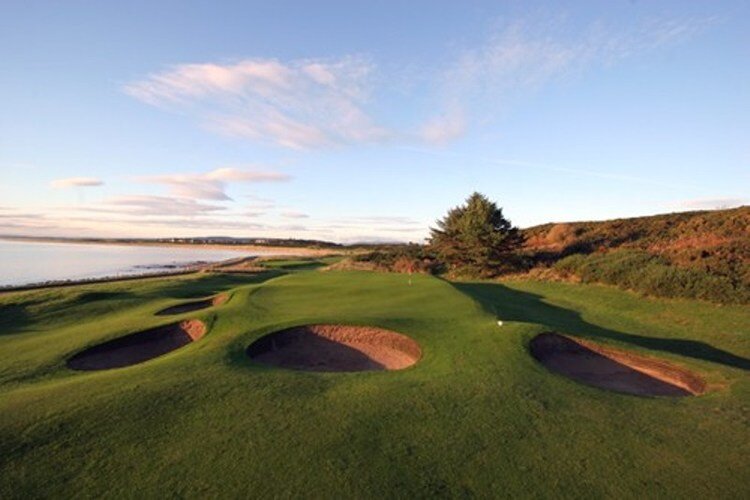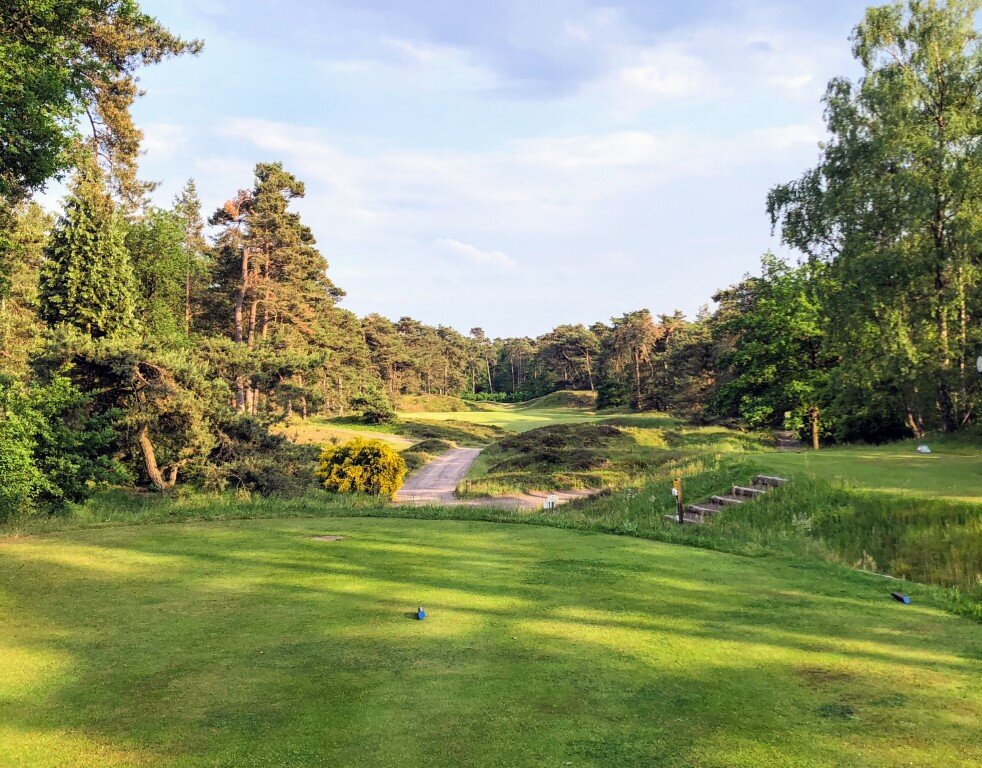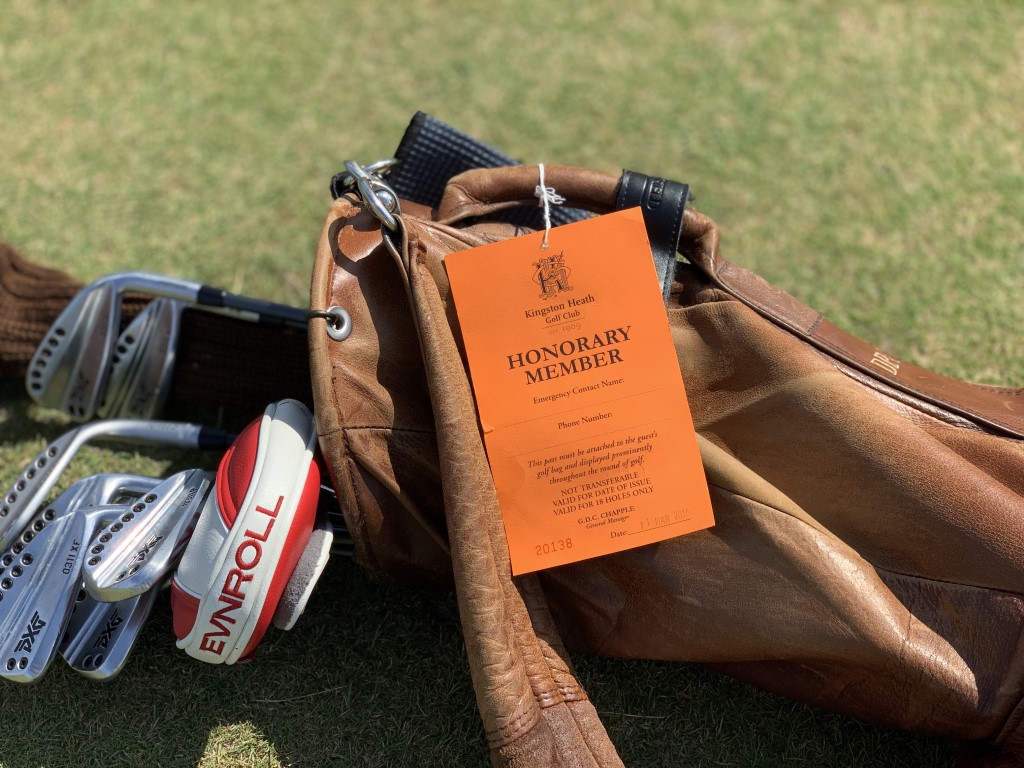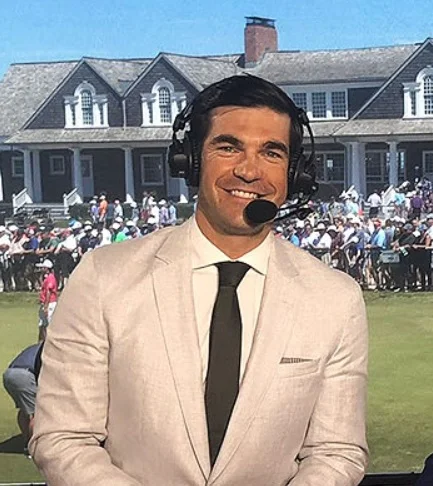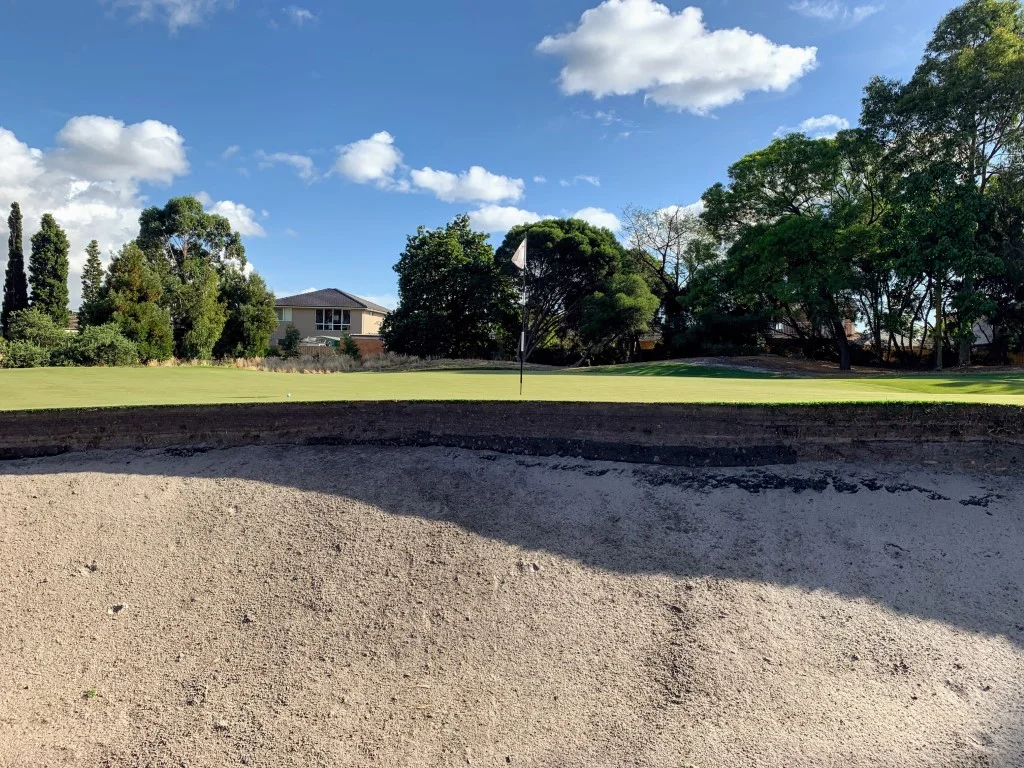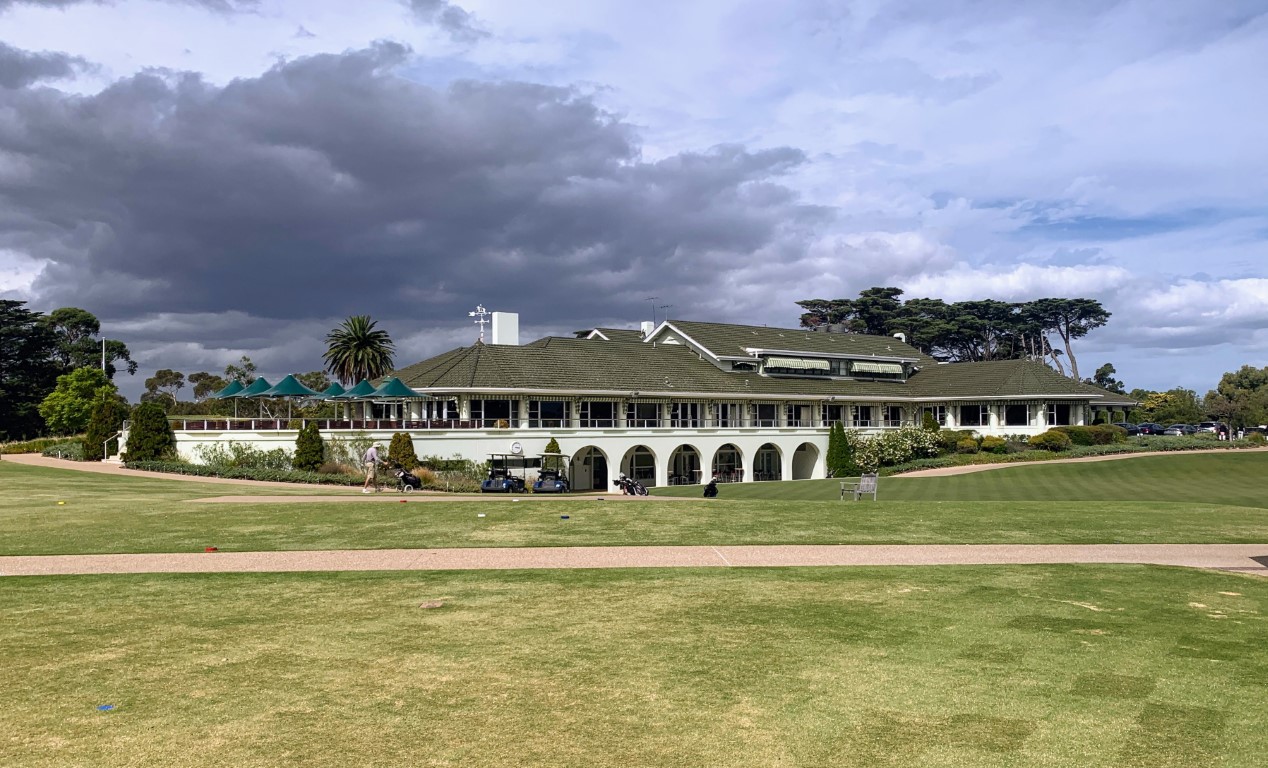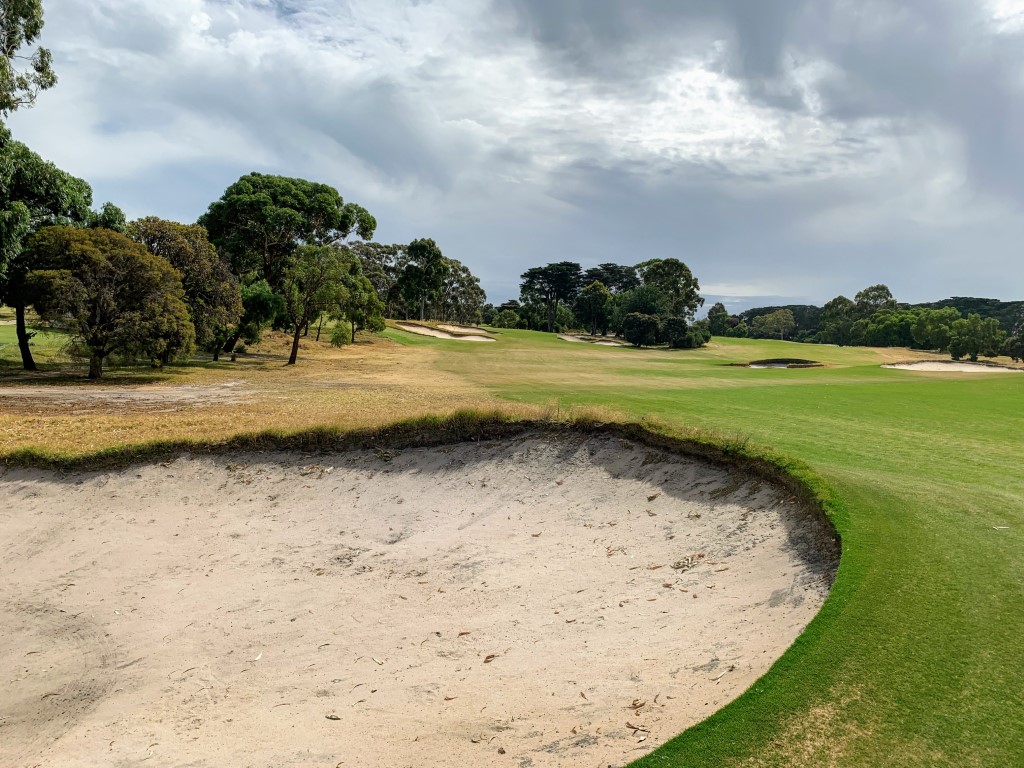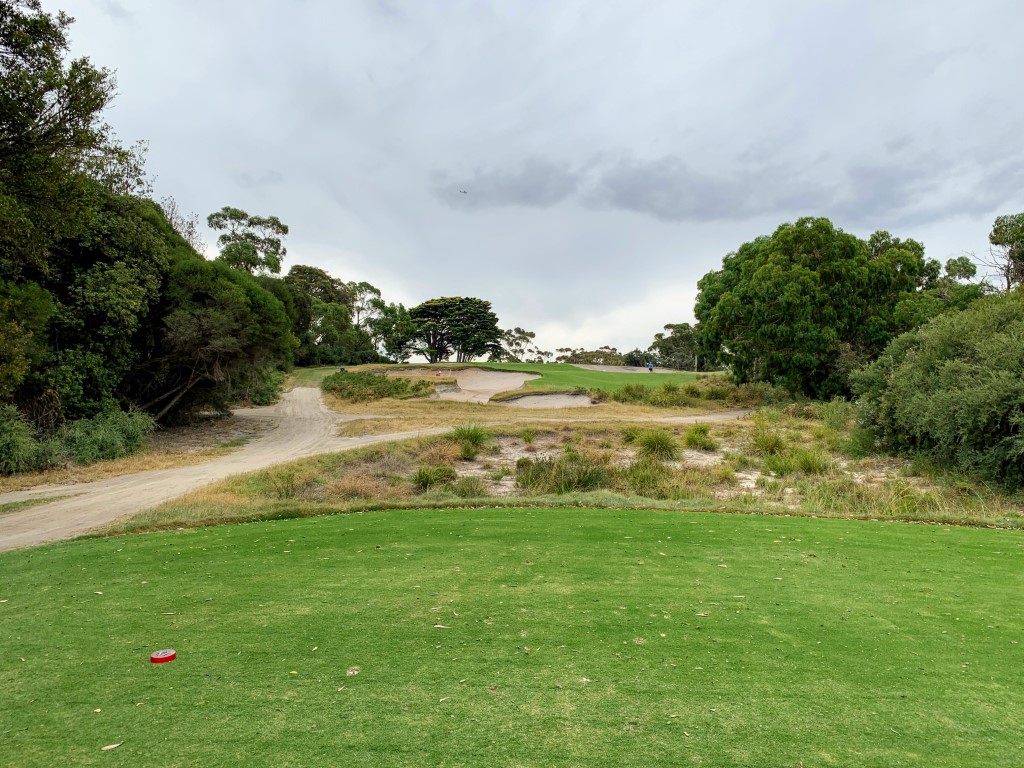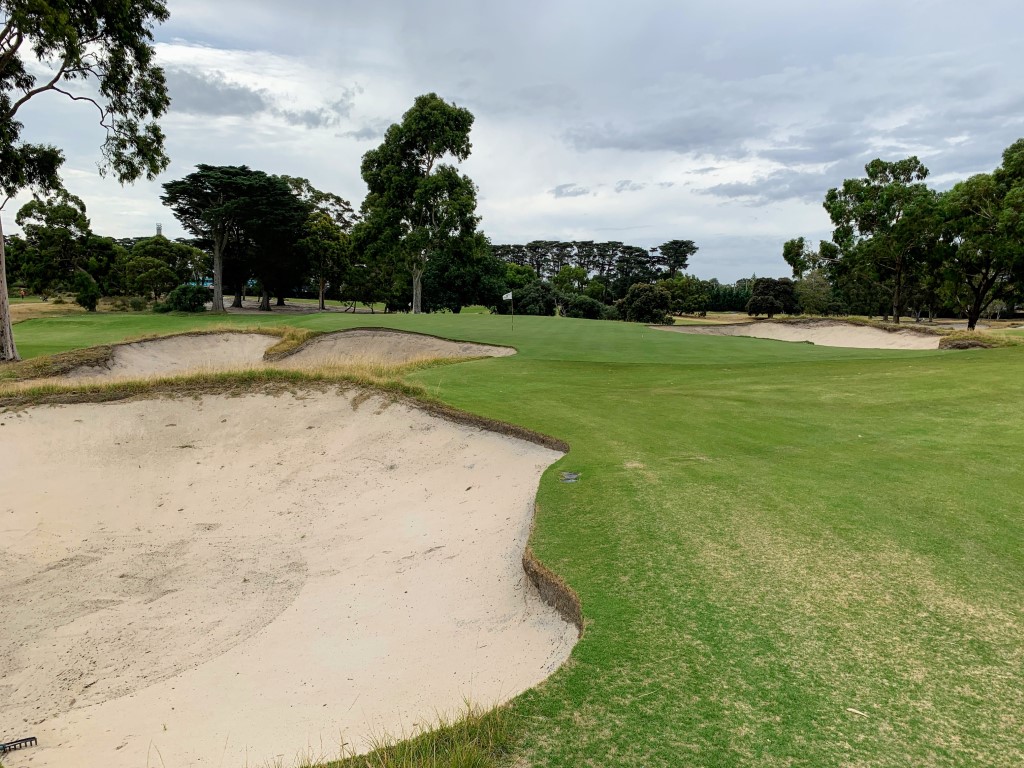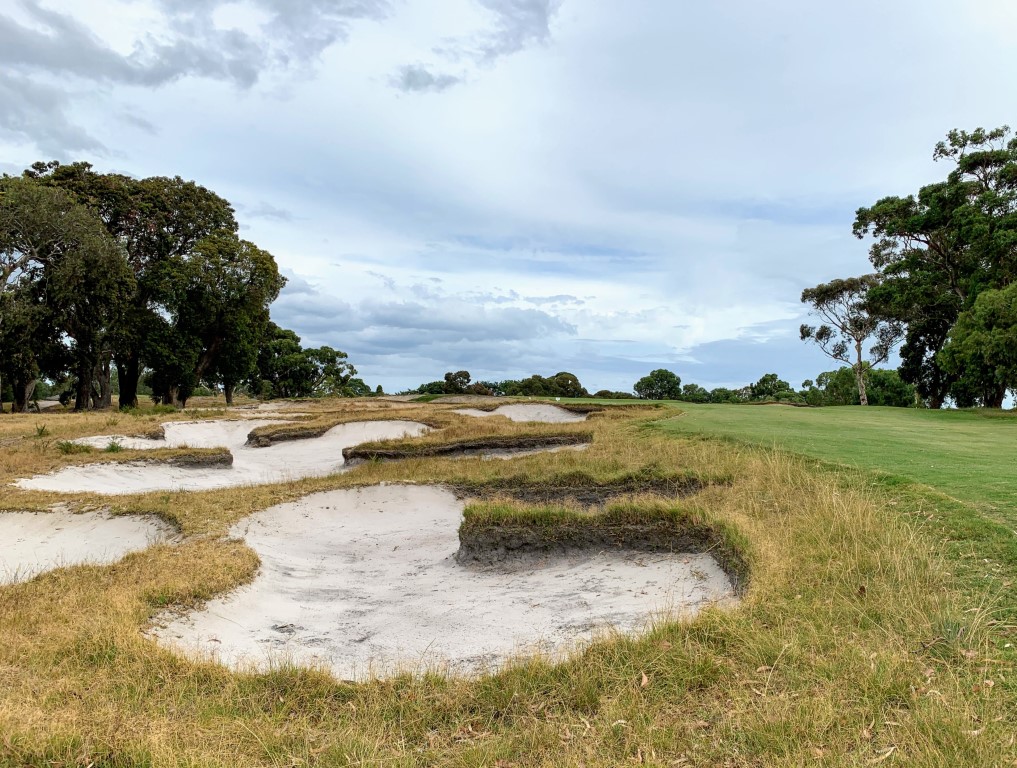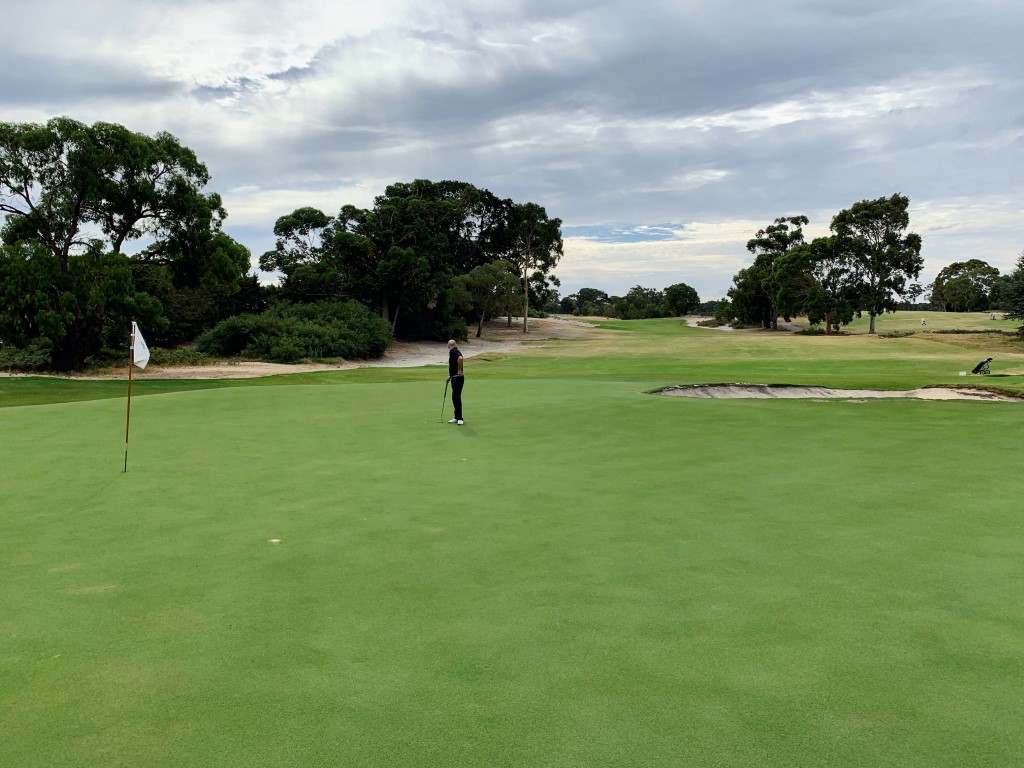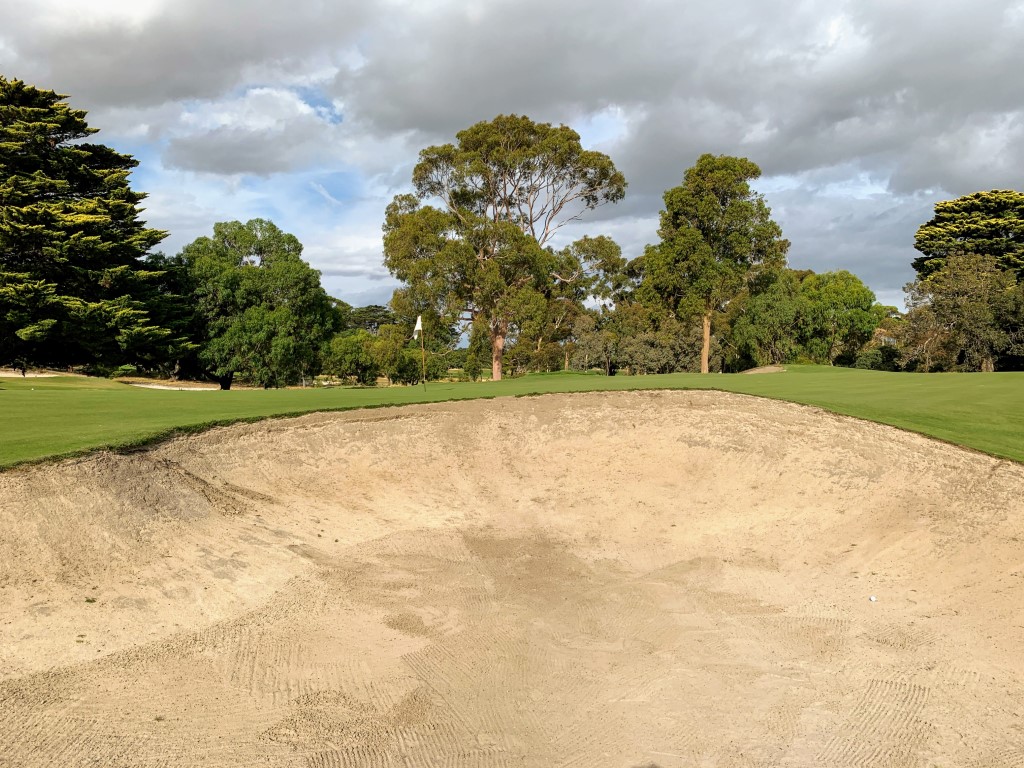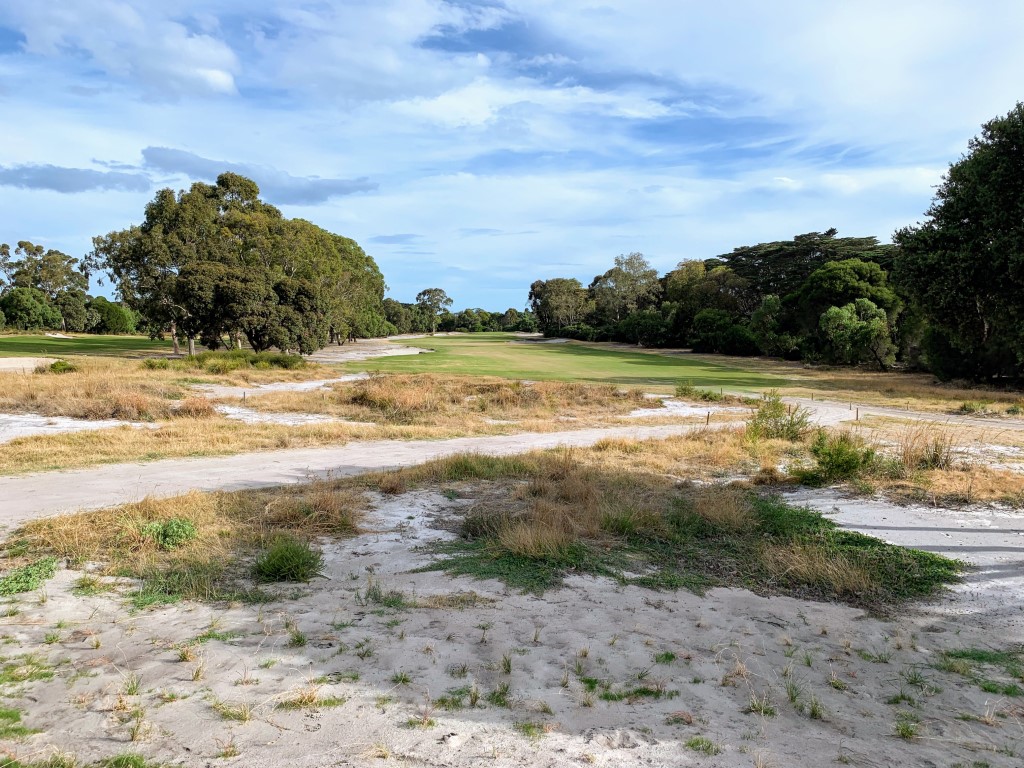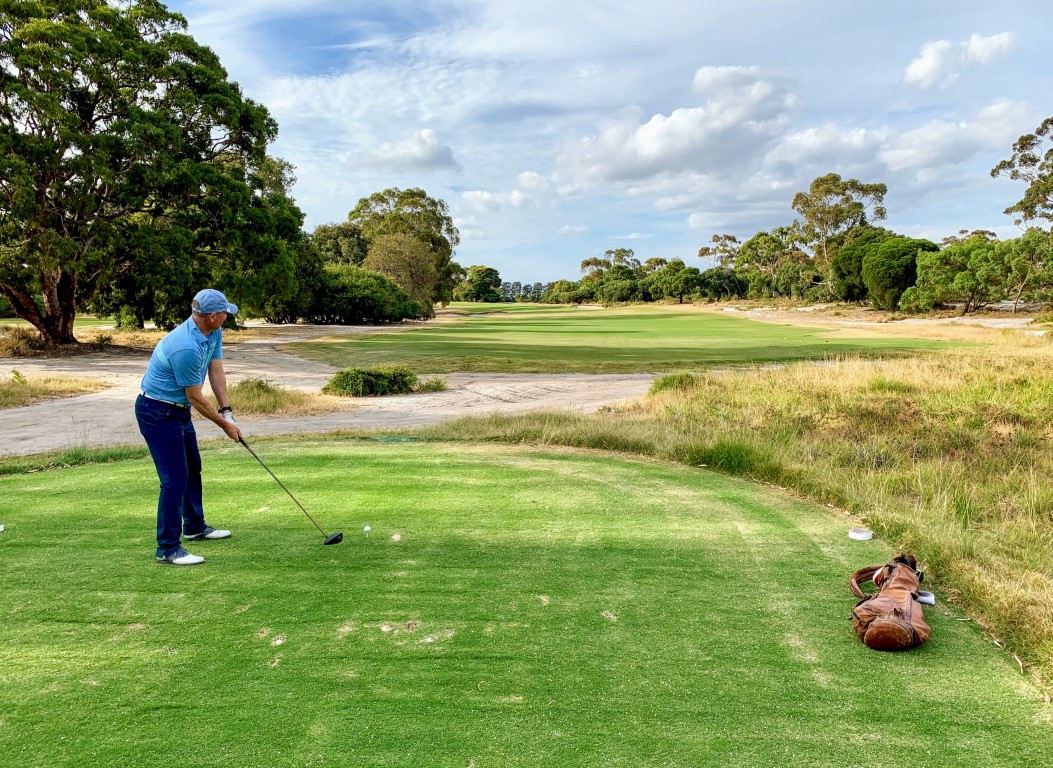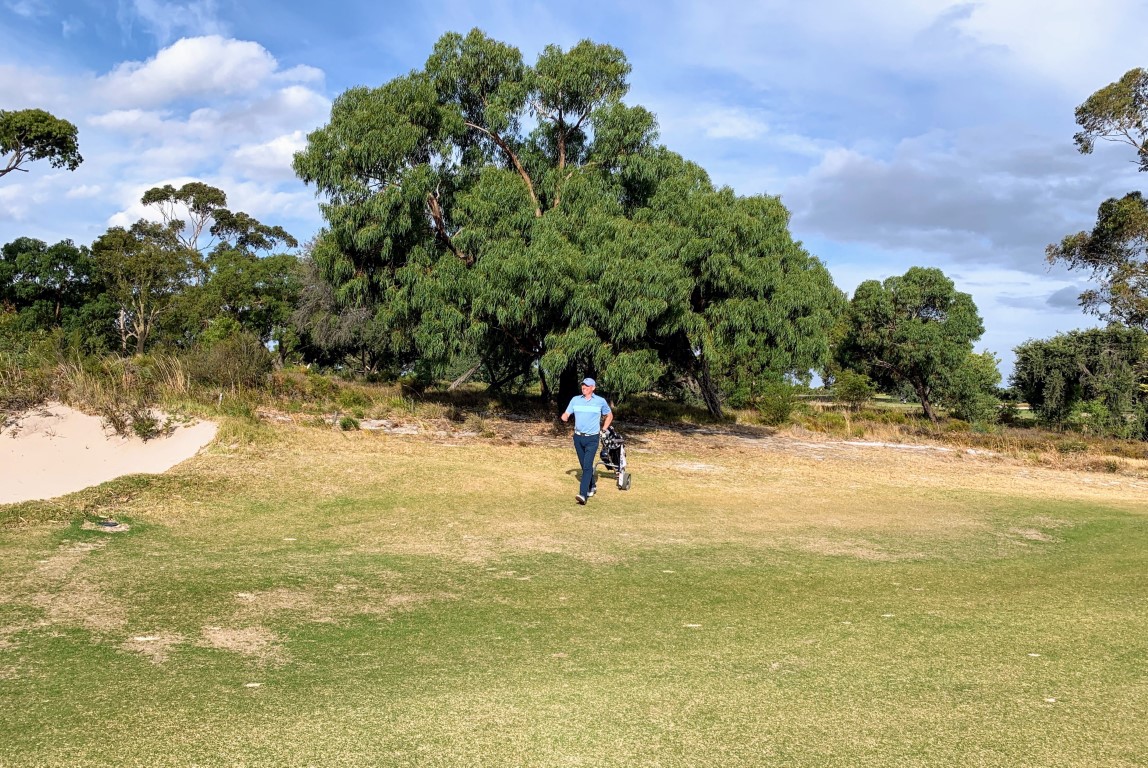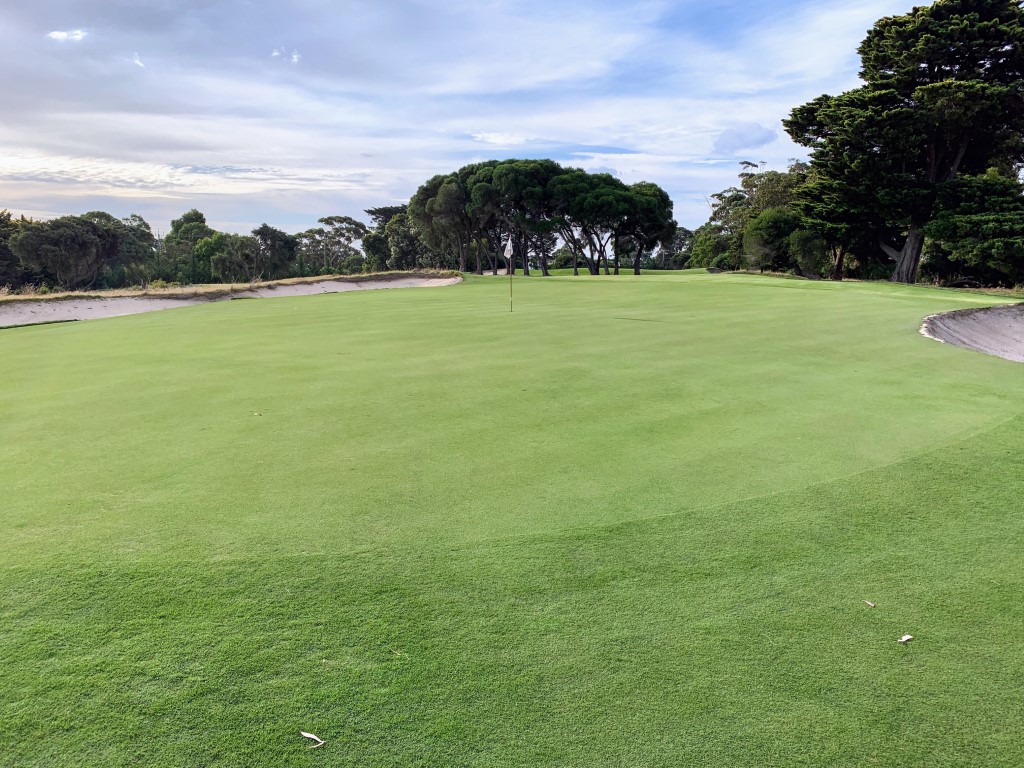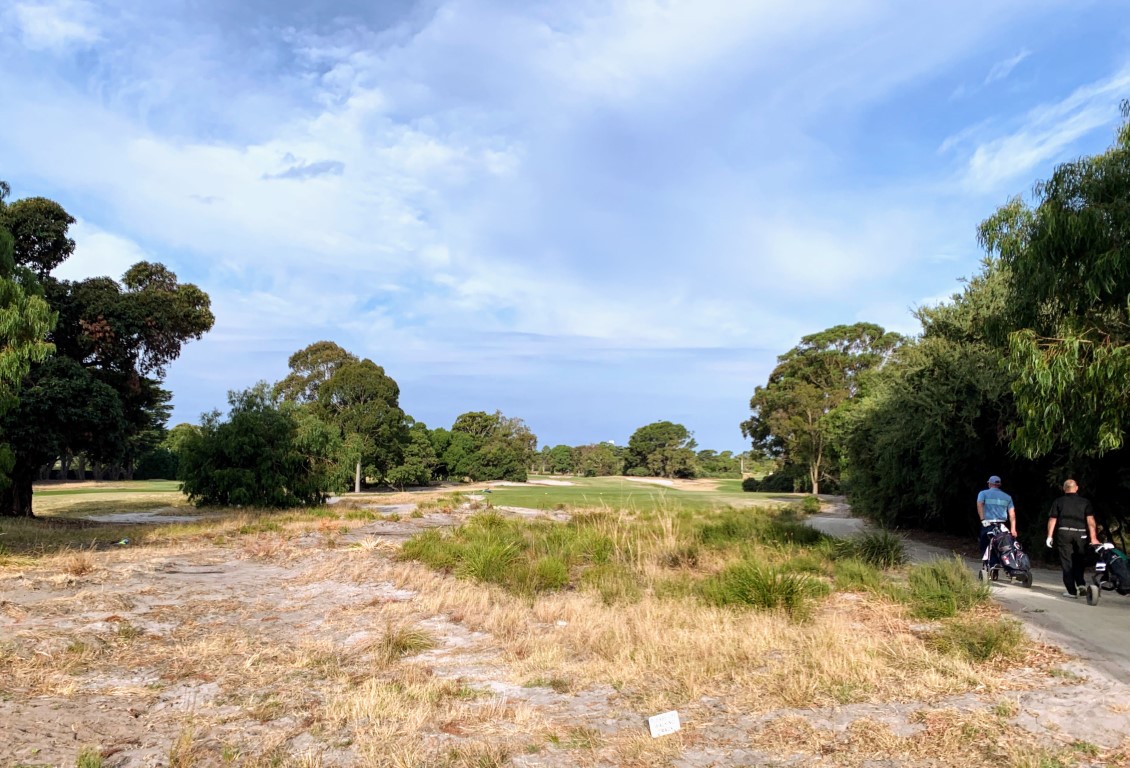So here we are again! There is a sense of deja vu as I write this. Here’s what I wrote in 2018 -
‘State of the Game is the best in the business. The combination of Rod Morri, Geoff Shackelford and Mike Clayton is gold-dust. However, their podcasts are so few and far between these days that they may need to be retired from the list. Fortunately, Morri hosts the iSeekgolf podcast now, Shackelford has his Shackhouse and Clayton has the media profile of a Kardashian these days, so you can hear plenty from all of them in various places. I would argue though that they are never better than when together.’
This almost all still applies. Alas, there have only been three episodes of the show in the last 6 months. When one appears it goes straight to the top of my list of golf podcasts to listen to. All is not lost though. Mike Clayton is very generous with his time and you don’t have to wait too long before he appears on one of the other podcasts on this list. Rod has Good-Good as well as a few other podcasts on the go.
However, we are missing the opinions of Geoff Shackelford at the moment. It would be great if 2020 bought an outlet for us to hear his views on the game more frequently. Even better if State of the Game got into a regular routine with these three back on air together.
SOMETIMES LISTEN
Even with a long commute and a fair bit of dog walking, there are only so many hours in the day to listen to a golf podcast. I’ve enjoyed all of the below at different times and will generally check out the subject matter of an episode before deciding whether to listen.
THE ROUND GOLF PODCAST
This was a bit of a sleeper for me but now I’ve listened to every episode and really enjoyed them. The basic premise is that the host, Richard Kaufman, speaks to a guest about the most significant round of golf in their life. They don’t give a shot-by-shot analysis of the round but rather explain the context of it and its impact on them.
The discussion starts with this premise but you usually get an in-depth look at a player’s career, their influences and a really good insight into their personality. Kaufman is a very ‘warm’ interviewer who elicits a lot from his subjects.
These also age well, so you can dip into the back catalogue without a worry that they are no longer relevant. The interviews with John E Morgan, Laura Davies and Matthew Southgate would all serve as a good introduction to the pod.
GOLF WEEKLY
I will resist the usual dig about the title of this podcast being a misnomer. This Irish-based podcast has upped its output over the last year and, through the key golf months, managed a podcast pretty much every week.
As an Irish pod, it obviously leans towards all things from Emerald Isle but it is not generally an esoteric listen. It mainly covers current professional events but the hosts will happily provoke debate on a wide variety of subjects. It’s all done with a very good sense of humour, sometimes with quite a biting edge.
My only slight quibble, and probably the thing that holds me back from listening a bit more, is when the podcast lands and, associated with that, the nature of the content. It often comes out towards the end of the week and spends a fair chunk of time reviewing the previous week’s action and previewing the current week’s event. The problem is that I have usually already listened to several reviews of the previous week’s events, which will seem like an age ago, and the previews of the current week just come too late as the events are often already underway.
This is a relatively minor issue, but if they fix it, this will be a ‘must listen’ next year!
THE SHOTGUN START
One quibble people often have with podcasts is their publishing reliability and the relevance of the content (see above!). Well you can forget any such concerns with The Shotgun Start. The level of output from hosts Andy Johnson and Brendan Porath is quite breathtaking. They have a new show every Monday, Wednesday and Friday morning, published first thing, and have clocked in over 160 editions in 2019, each one lasting around an hour.
The Shotgun Start focuses on the professional tours as well as covering significant amateur events. The style of the two hosts is incredibly laconic. It’s just two guys having a chat about what’s going on in the golf world at the time. However, don’t mistake the laid-back style for a lack of depth or rigour. The level of knowledge and research, particularly from Johnson, is phenomenal. He is a walking encyclopedia when it comes to players’ stats and histories.
The frequency means that this podcast is probably the most topical in golf; they record after the conclusion of the PGA event on a Sunday evening. When they go off-piste, some of the discussions go over my head as I don’t follow any other US sports, but those never last too long!
I am becoming a big fan of this podcast and, if you are interested in the professional game, it is well worth a listen.
FEED THE BALL
I wouldn’t describe myself as a golf course architecture geek. If I were, I imagine that Derek Duncan’s excellent Feed the Ball podcast would be at the very top of my list. In a little under 2 years Derek has established himself as one of the most thoughtful and interesting voices in the game.
Every episode has the same construct. Derek talks to a guest (normally an architect) about their careers, their thoughts on design. the state of the industry and the future. Not being an architecture expert, I have often not heard of the guests before listening to an episode, but Derek chooses his guests well and coaxes fascinating insights from them with his endearing, easy to listen to style. Since listening my knowledge of and interest in golf course architecture has definitely increased.
The interviews can be long but they are easy listens. If you haven’t listened before, the Mike Clayton and David McLay Kidd pods from early 2019 are good places to jump in, and the recent Jim Urbina episode was one of the very best.
TALKINGOLF HISTORY
2019 saw the launch of Talkingolf History. Hosted by American golf historian Connor T Lewis, this podcast does exactly what it says on the tin. In each episode, Connor discusses an aspect of the game’s history with an expert. Connor clearly has a real passion for the subject matter which shines through in his broadcasting. He chooses his guests well and they bring real expertise to the subjects covered.
There is a North American skew to date and it will be interesting to see how the podcast develops. While I am sure the UK and US have the best researched areas of golf history I think it would be fascinating if, at times, Connor took a look at the evolution of the game in other parts of the world.
Connor is also prolific on social media. He has founded ‘The Society of Golf Historians’, driven through his Twitter and Facebook feeds. These are a good ways to find out what is coming up in future podcasts and the Facebook group is becoming a place where others are regularly sharing interesting historical articles and opinions.
LIFE ON TOUR
I was originally fairly skeptical about the European Tour’s house podcast. I had assumed we would get a slightly anodyne Pravda-esque production. Fortunately, that is not the case. The format means the podcast doesn’t need to deal with topical controversies, rather you have Andrew Cotter interviewing a well known golf personality.
Cotter’s easy-going style works very well in this format and the interviews last around an hour each which means you get a level of depth you will rarely find elsewhere. Well worth a listen.
GOLF.COM
I’ve slightly lost the plot with the branding of the podcast from Golf magazine. I think it is called the Drop Zone at the moment but there has been a few incarnations, so I will stick with Golf.com for now.
The regular hosts, Sean Zak and Dylan Dethier are journalists at Golf magazine and release a new podcast every week, with the focus on US personalities and the PGA Tour. They have a good line-up of interviewees during the course of a season and I tend to dip in when one of those is of particular interest to me.
The episodes that really stand out are Alan Shipnuck and Michael Bamberger’s major tournament previews and reviews. These episodes absolutely make it into the ‘must listen’ category. The previews are likely to meander in many different directions, including anecdotes from previous editions of the events they have covered. They usually record their Major reviews on the Sunday night of the event, in a local restaurant, while still giddy about whatever has unfolded that day. This makes for some of the very best golf podcasts.
THE FRIED EGG
Another Andy Johnson production, the Fried Egg covers a range of topics from golf course architecture to the professional and amateur games. This has been a grower on me since it began.
Andy’s incredible knowledge of the game again shines through and he has had a fantastic line-up of guests. Geoff Ogilvy and Tom Doak both appear frequently and those episodes go straight to the top of my listening pile. However, many of the lesser names also entertain.
There are some episodes I opt out of. These tend to cover some of the less well-known US courses or events. There’s just not enough hours in my week to listen to everything!
I would love to know what Andy’s business model is. He produces a phenomenal amount of output, and his research must be very time-consuming, yet his podcasts have only the lightest commercial element to them. Whatever it is, the listener is benefiting from it!
THE CLUBPROGUY PODCAST
The NoLayingUp interview with ClubProGuy is still probably the funniest golf podcast every made. If you haven’t heard it then follow this link and enjoy.
ClubProGuy started out on Twitter where we were introduced to the ex-Mexican mini-tour player who is now a club pro. He has since branched out into producing some highly entertaining videos and this occasional podcast. In them, he interviews pros who appreciate his unique sense of humour. It’s worth a listen, but to get all the gags make sure you follow him on Twitter too.
ON MY LIST FOR 2020
These are the podcasts I’ll be listening to more in 2020. I’ve only listened to a few of each but I’ve liked what I’ve heard so far.
THE GOLFER’S JOURNAL
The Golfer’s Journal podcast has moved on from being merely a companion piece for the print publication and is now a fortnightly production hosted by golf writer Tom Coyne.
SKY SPORTS GOLF PODCAST
The Sky Sports Golf podcast, hosted by the entertaining Josh Antmann focuses mainly on the European Tour. It focuses on reviewing and previewing Tour events, using Sky Sports presenters and other UK-based guests.
THE TRAP DRAW
This is a spin-off podcast from Tron and Randy of No Laying Up. Where NLU will have a focus on the main tours and players, the Trap Draw tends to focus more on less well-known players and has more discussion on broader topics such as architecture or book reviews.
So there you have it. There are many other podcasts out there but these are the ones that make it onto my regular rotation. I find those that simply review PGA Tour events and preview upcoming events a little samey. But if there are any great listens I’m missing just let me know - there’s always room for 1 or 2 more!



